- Stay Connected
 Abraham Lincoln
If given the truth, the people can be depended upon to meet any national crisis...
Abraham Lincoln
If given the truth, the people can be depended upon to meet any national crisis...
 Guildford news...
for Guildford people, brought to you by Guildford reporters - Guildford's own news service
Guildford news...
for Guildford people, brought to you by Guildford reporters - Guildford's own news service
Birdwatcher’s Diary No.255
Published on: 18 May, 2022
Updated on: 28 May, 2022
By Malcolm Fincham
The days were starting to liven up within nature’s realm as we entered the month of May.
The yellow floral colours of spring had already been joined and be replaced by a blue sheen of bluebells, forget-me-nots, to name a few plants.
We even had our first few splashes of rain for what seemed to be over a month? Well, enough to dampen the ground and hold the dust down for a while, at least.
With so much occurring on the wildlife scene, and adding new species to the year’s sightings by the day, it was more than a challenge to attempt to keep up with the influx of birds arriving.
However with much help from trusted friends Bob and Dougal my attempts to keep up were eased somewhat.
First on our agenda was a trip to Staines Reservoir. Although having seen black-necked grebes several times already this year, it was a pleasure, to see them so close to the causeway, on the south basin side of the reservoir.
Also out on the south basin among the gulls and common terns a few little gulls could be picked out.
On the north basin side of the causeway a lone dunlin could be viewed at close quarters feeding along the water’s edge.
While along the causeway itself a yellow wagtail was an incoming summer visitor to add to this year’s sighting.
A brief visit to Staines Moor added a very showy lesser whitethroat to my day’s sightings.
Along the shallow and narrow waters of the River Colne, that runs through the centre of the moor, a kingfisher ‘zipped’ past calling.
Taking a few random photos I surprised myself to get a reasonably recognisable record shot of it as it passed by.
One new addition to this year’s sightings was a small copper butterfly.
Our next venture was to Otmoor RSPB in Oxfordshire on May 3. And once again, as on previous years, the cacophony of continuous birdsong was a welcomed one.
Walking from the car park the distinctive sound of a lesser whitethroat could instantly be picked out. While the delightful sound of a willow warbler could also be heard above the many birds in its tuneful opus of song.
The distant sound of a cuckoo was also adding to the feel of the day.
From the ditches between the footpath and the marshlands, the sound of reed warblers were in abundance, and if patient, eventually one would pop-up briefly into view.
Sedge warblers tended to be more showy, perching up at eye level from both reeds and brambles.
Reed buntings as often would be the most photogenic as they sang their simplistic tunes.
Overhead, the mating sounds of common snipes could be heard. The sounds are made by the air through their tail-feathers, as the birds drop in altitude.
Lapwings also breed there with several pairs seen, although their young were mostly tucked away from view.
Common redshanks also breed there.
A garganey, the UK’s only migratory duck from Africa, was, as in recent previous years, one of salutation to me, especially being a male in breeding plumage.
A pair of common cranes were a pleasant addition too.
A bittern could be heard booming on several occasions while we were there, although remaining elusive,
Fortunately, I had already had the pleasure of seeing one at the London Wetland Centre, featured in a previous report earlier in the year.
Another first for my year was a hobby, many still only just being reported as arriving.
Possibly one of my best sightings of the day, especially after all these years, was my first opportunity to photograph a muntjac deer, a female by the looks of it.
It was quite a surprise to me and my reactions had to be fast snatch a few photos.
As expected, it was even more surprised to see me. Having nonchalantly strolled out onto the path that lay before me. It soon scampered back out of sight as our eyes met.
Our final trip out during the first weeks of the month was to the downland of Wiltshire, not too many miles from the world renown Stonehenge.
This was on May 9, a dry although still quite a cool day with sunny spells.
It was just about warm enough to see a few butterflies on the wing.
Along with several species I had already had the pleasure of seeing this year, we were able to add a green hairstreak to our year lists.
Also adding a small blue butterfly.
A marsh fritillary had to be the highlight to the butterfly species that day, especially as there are no known site to see them in Surrey.
The main point of our mission was the hope of seeing a great bustard, and once again we didn’t leave disappointed.
For more than a decade there has been an ongoing project to reintroduce them into the UK.
Great bustards having been shot out of existence by our forefathers. Thanks to the success of the reintroduction project, they are now free flying and self sustaining within our countryside.
I wrote about them in a report way back in 2013.
And revisited a couple of years ago in 2020.
Far less easy to spot and photograph, due to their smaller size and ability to camouflage and blend with the surrounding soil, were the stone curlews.
Other delights I was able to photo for the first time this year were several yellowhammers that had gathered on a dung heap to feed on insects.
As well as a few corn buntings perched up nearby.
Although having seen and heard them at numerous locations already this year, skylarks continued to be a delight to behold.
Within my local surroundings, mostly traversing the countryside on the northern side of Guildford, holly blue butterflies were still out in good numbers.
At the Riverside Nature Reserve, near Burpham, on May 5, on the southern side of the lake I photographed my first common blue butterfly.
I also saw my first clutch of Canada geese goslings on the lake.
The pair of great crested grebes had also produced young.
A pair of grey herons had set up a site to nest.
Into the second week of the month, a pair of stonechats could be viewed there.
And a garden warbler could seen and heard in song.
I also added to my pictures of a female blackcap.
Although hearing the occasional call of the ever-elusive Cetti’s warblers, on this visit they remained incognito to my camera lens.
A wren made up for it by perching in the open, tail erect and having much to say.
While the sedge warblers were equally expressive.
And reed warblers also eventually gave themselves up for a photo opportunity.
Mayflies were now beginning to emerge from the river by Stoke Lock attracting several species of birds to skim over the water to fly-fish. These included:
Pied wagtails
House sparrows.
Grey wagtail.
May 10 saw the arrival of the first few of Stoughton’s swift population.
While in my garden, I heard the sounds of them as four glided effortlessly not far above the rooftops.





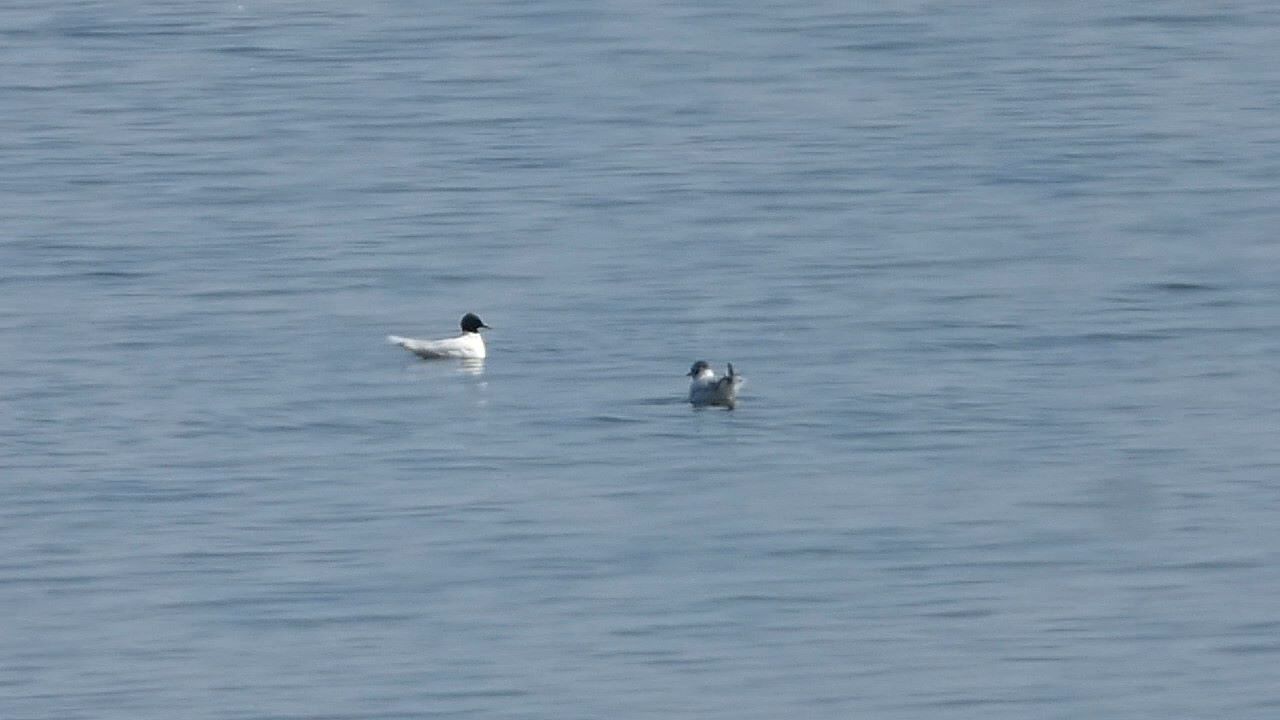
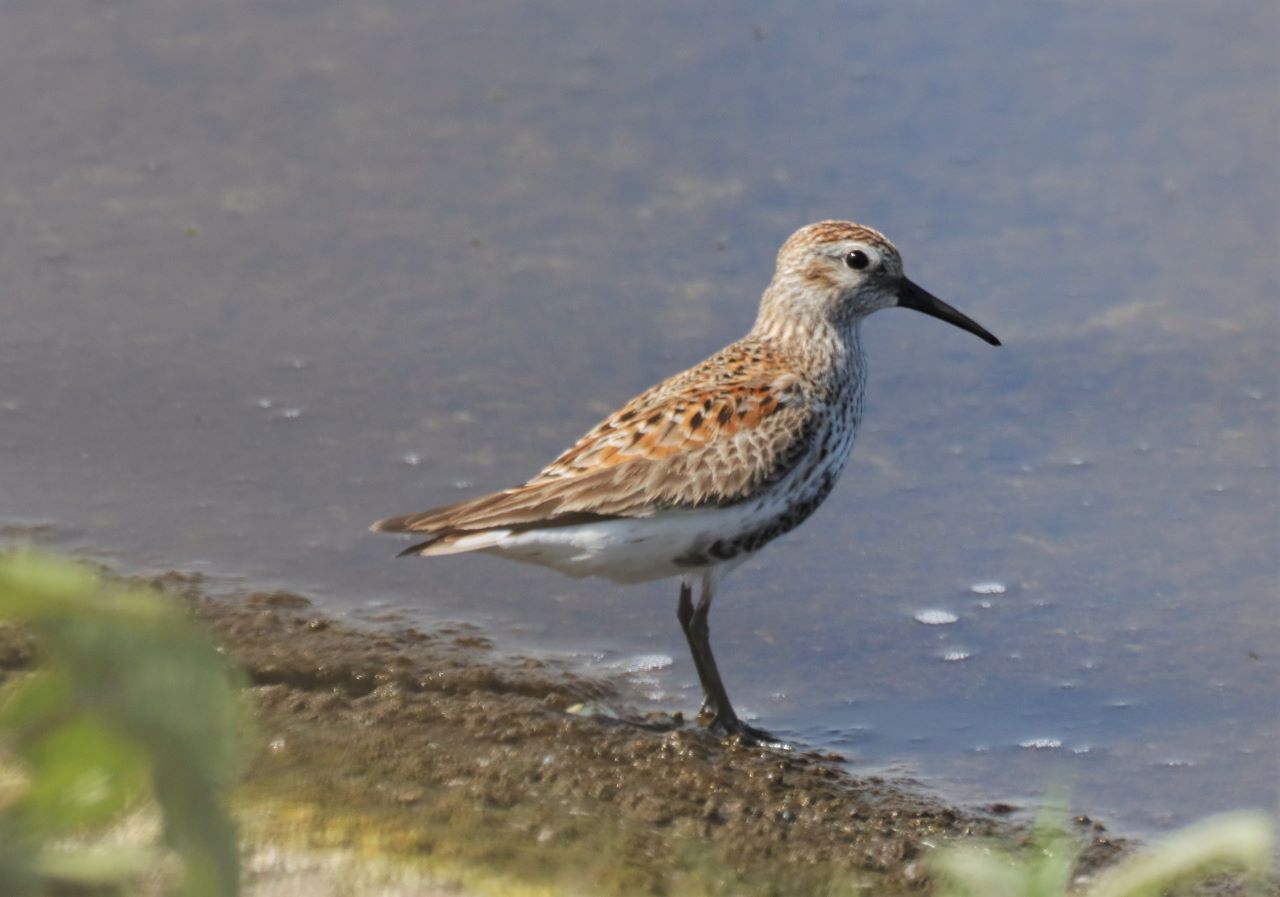

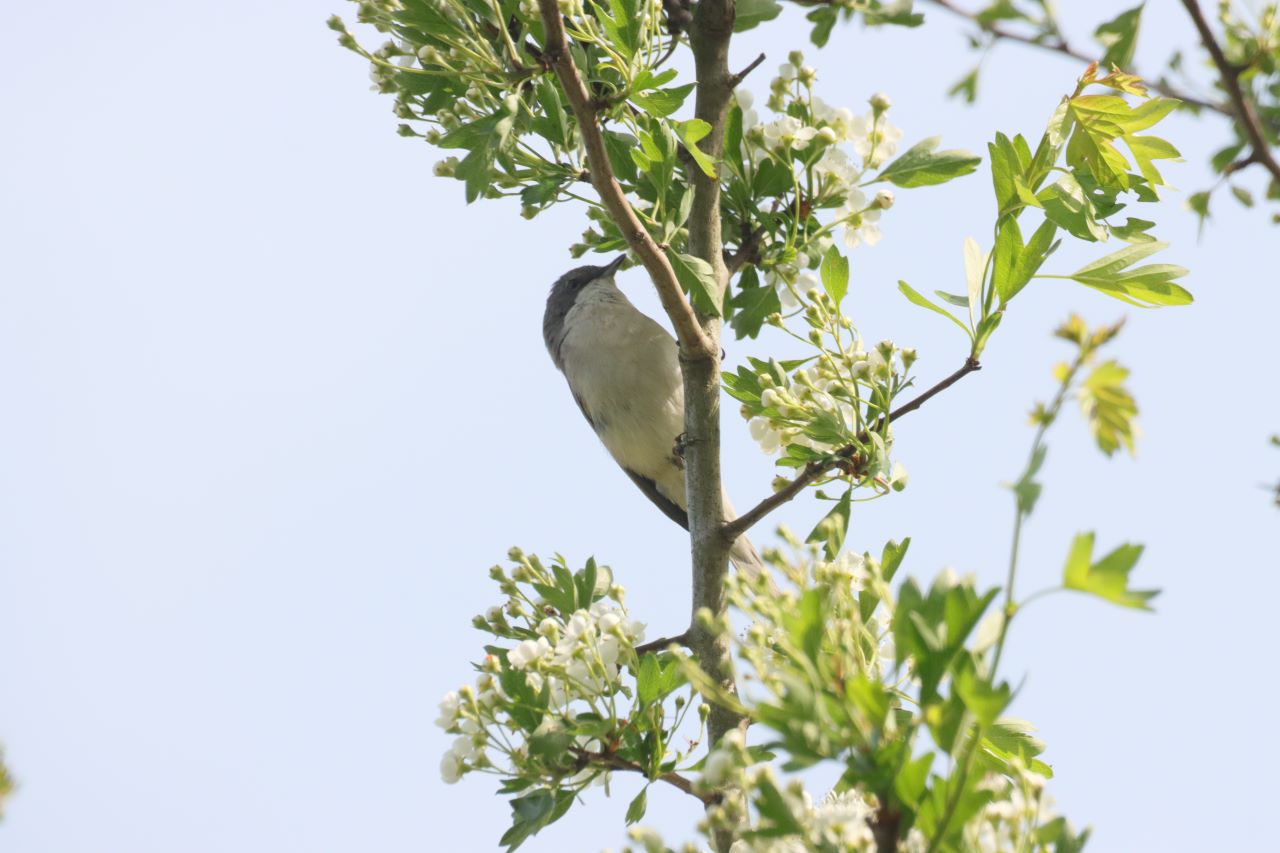
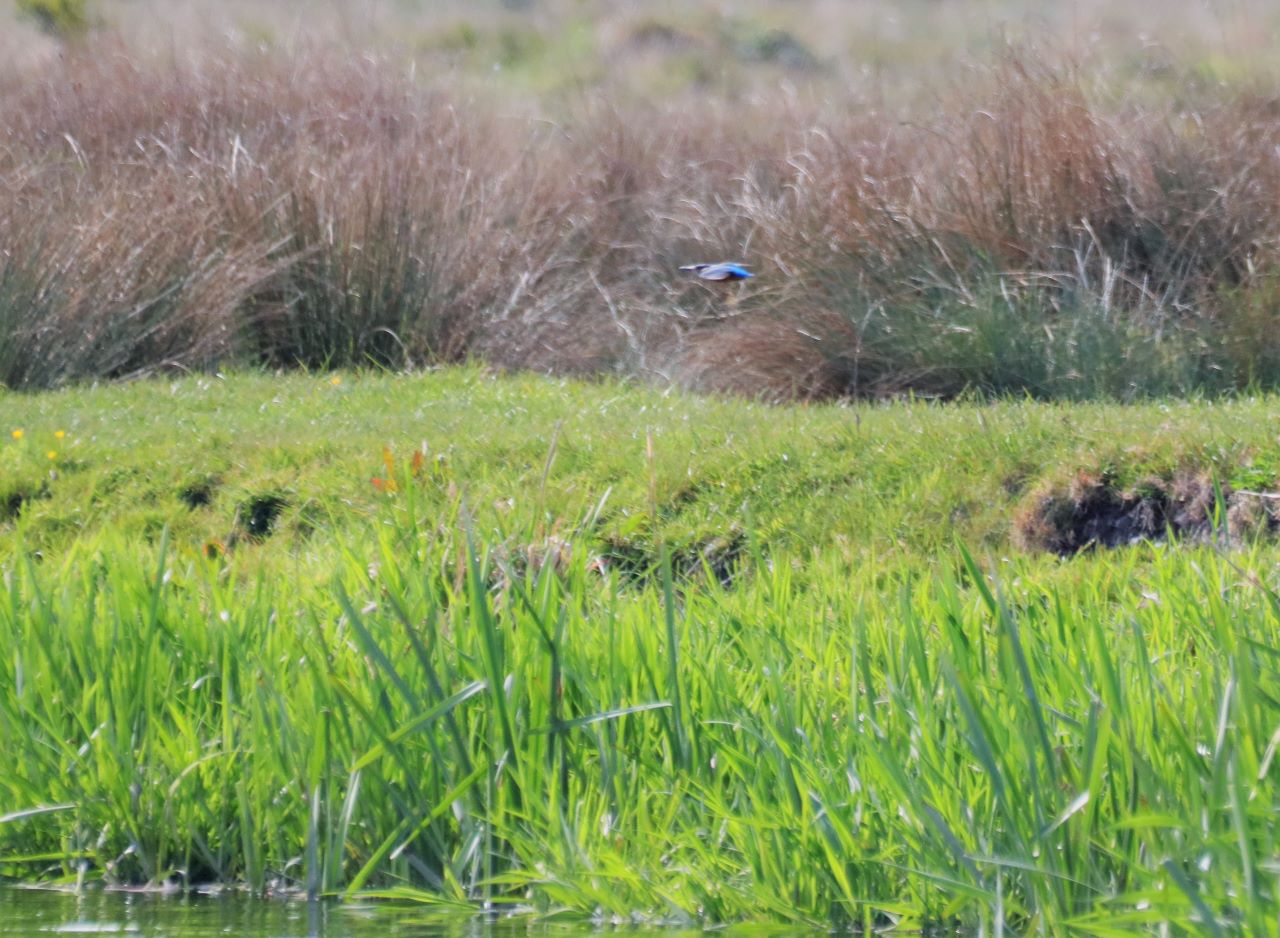
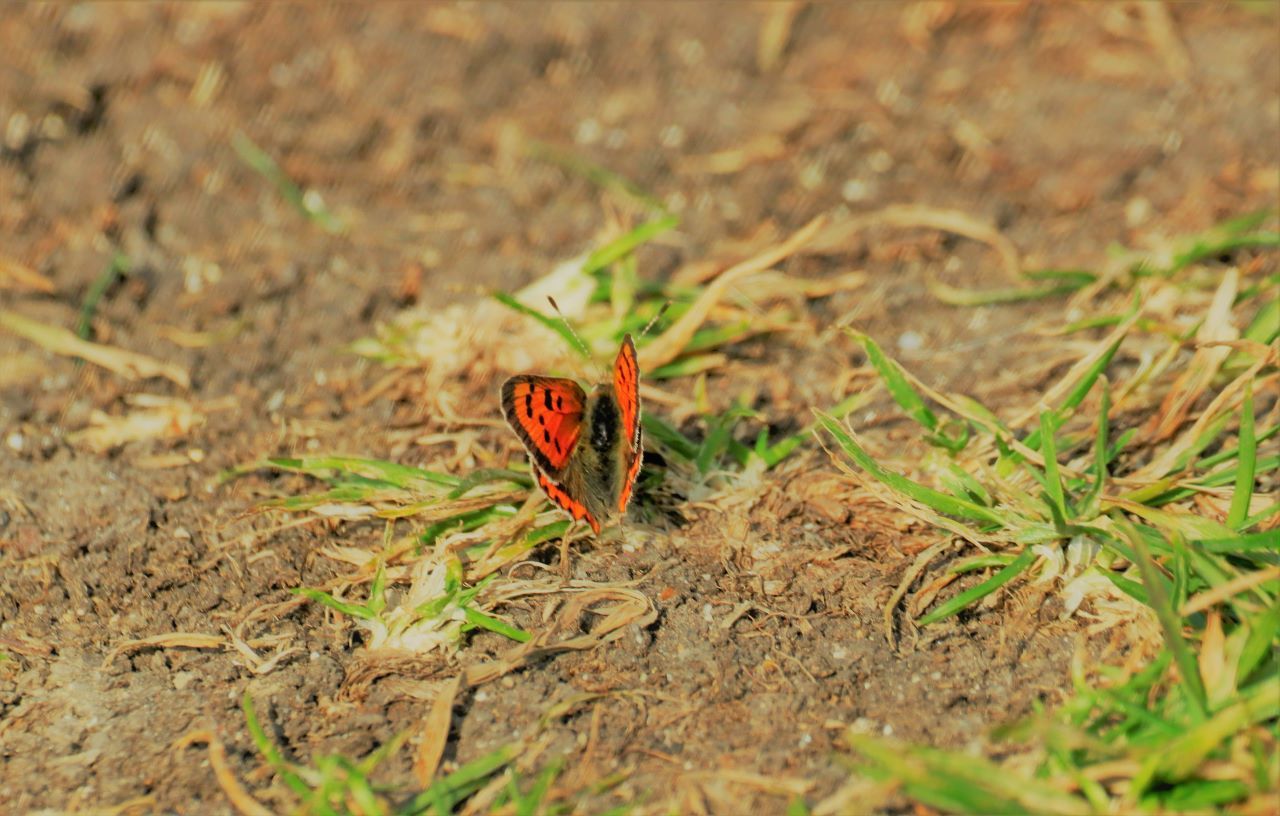
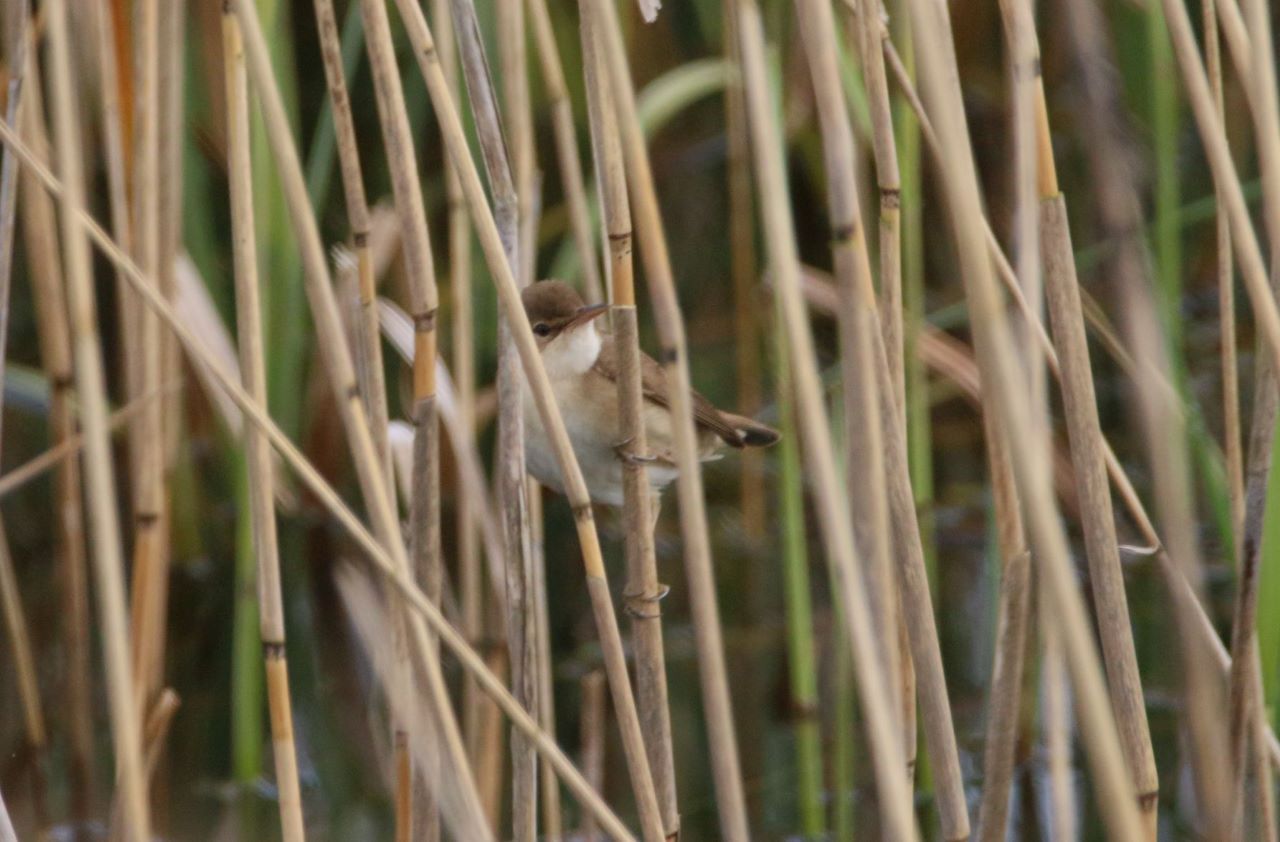
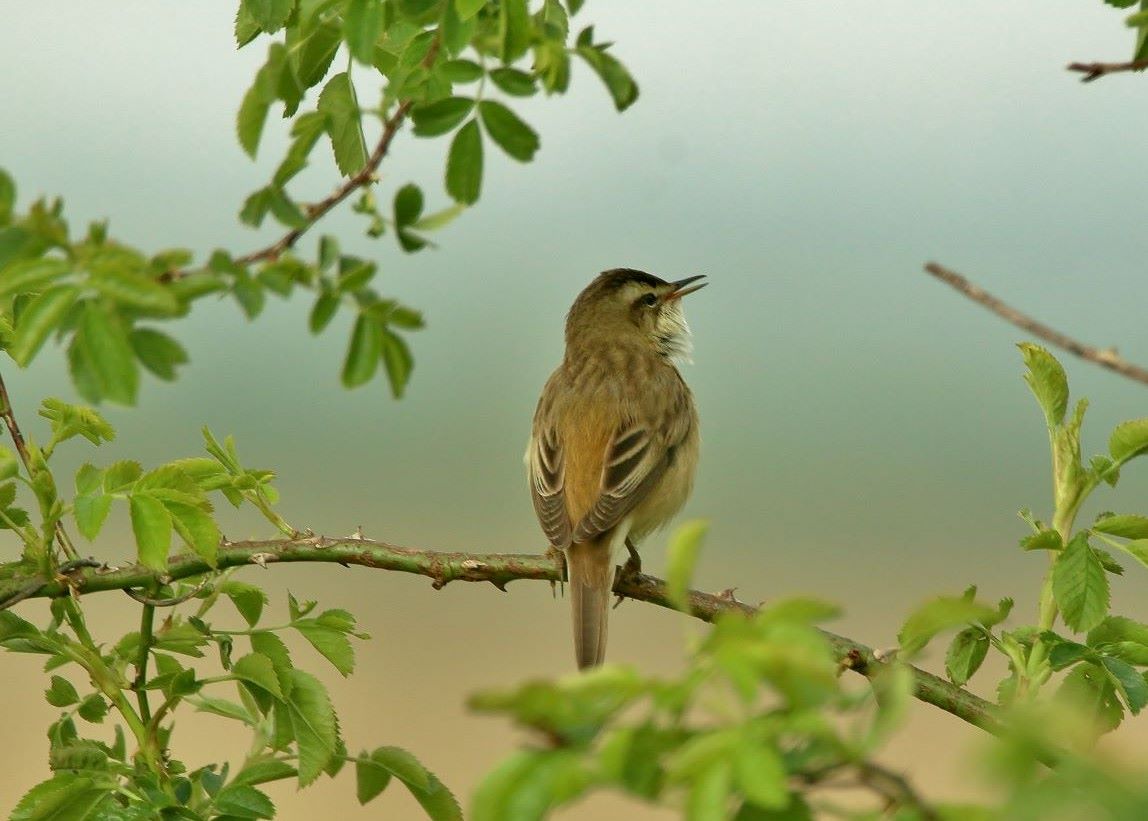
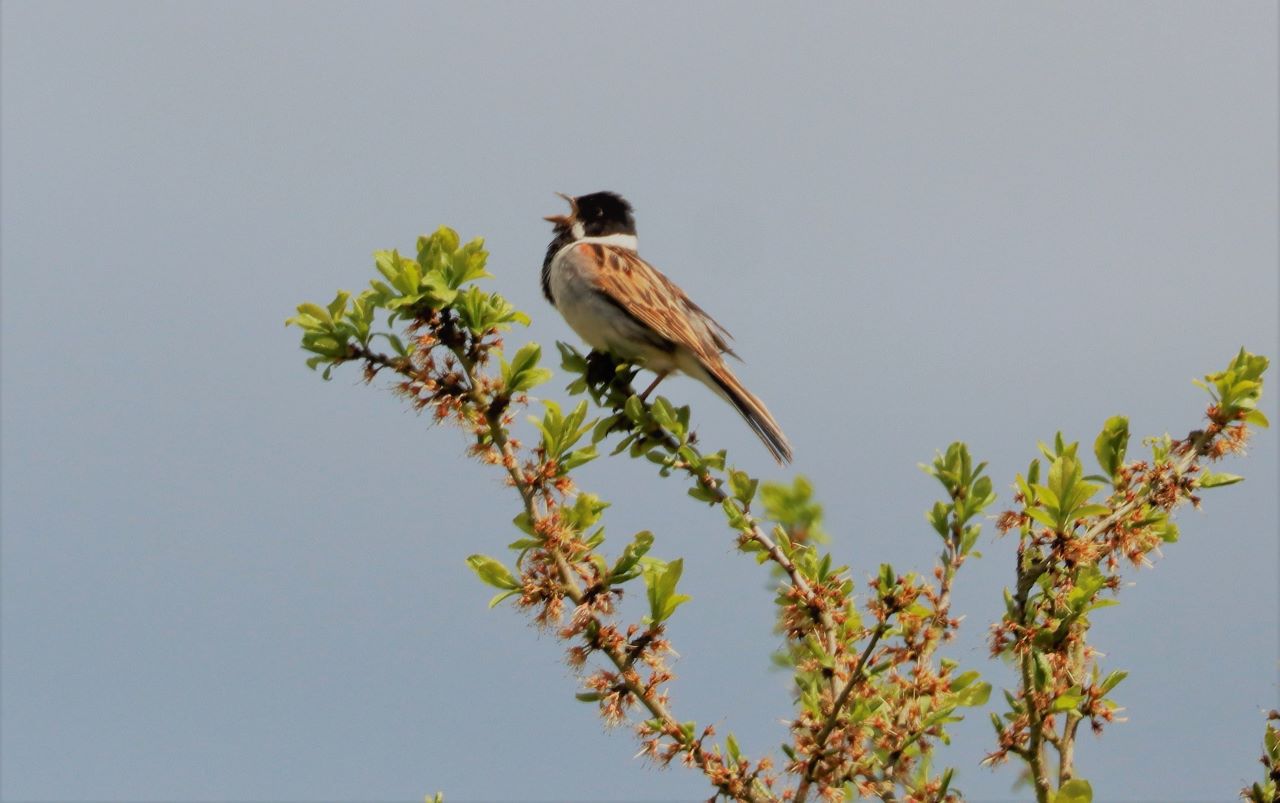
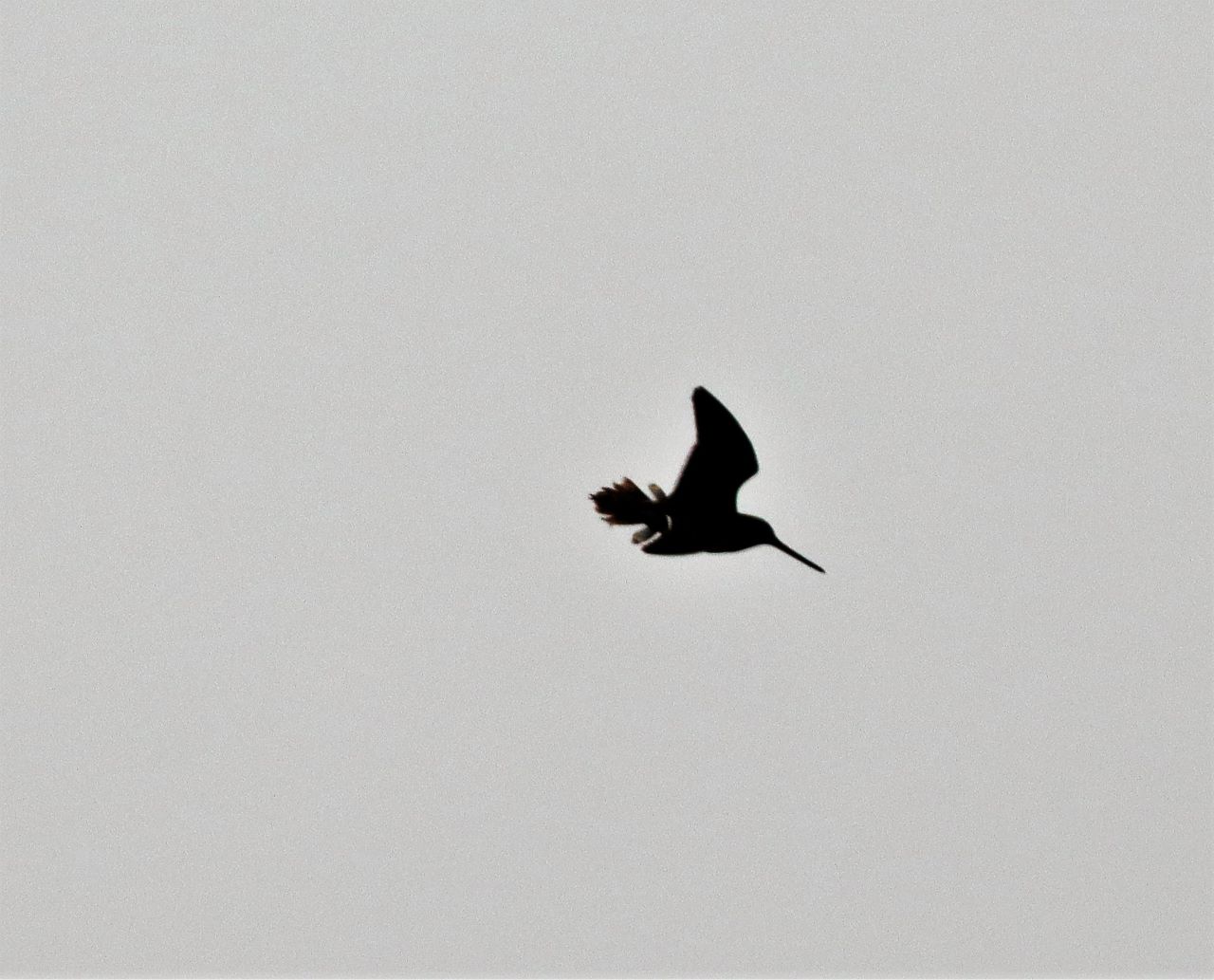
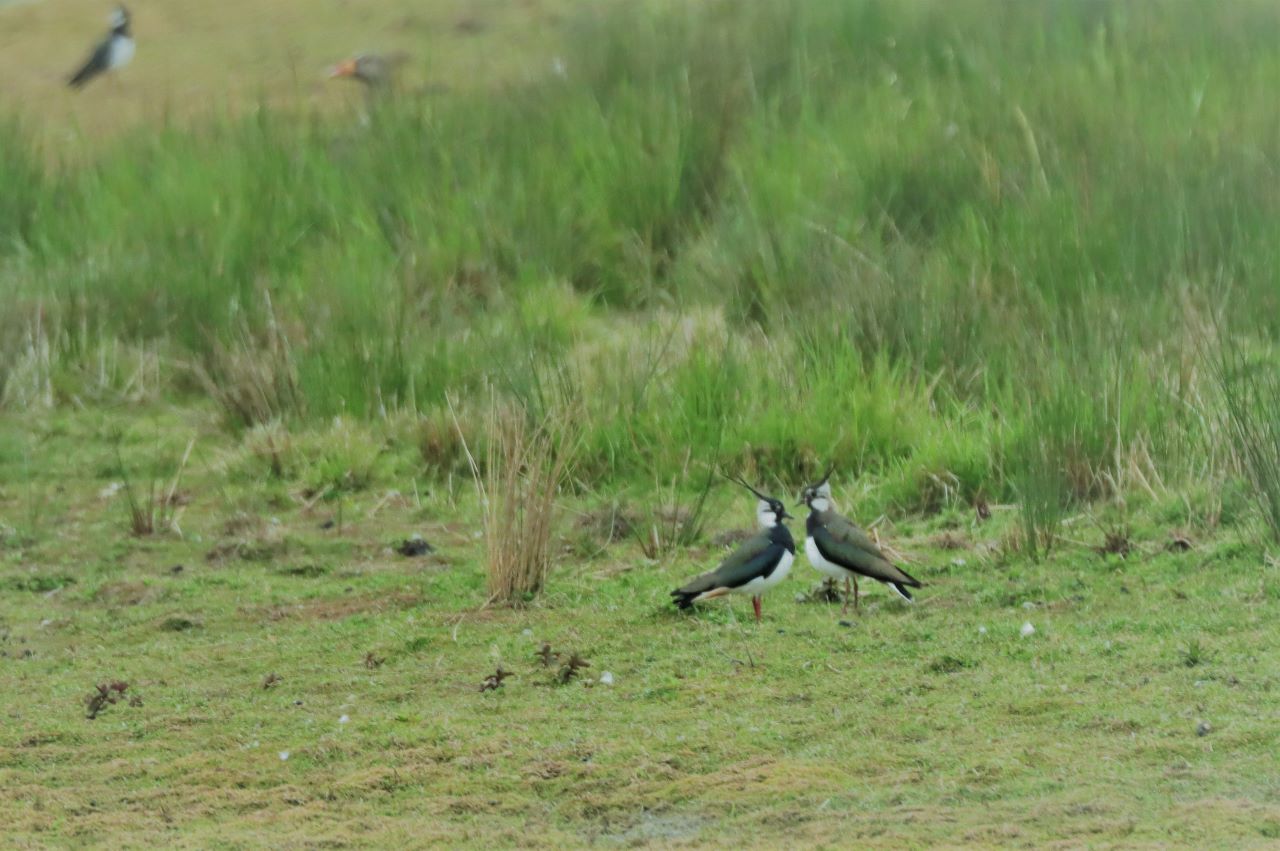
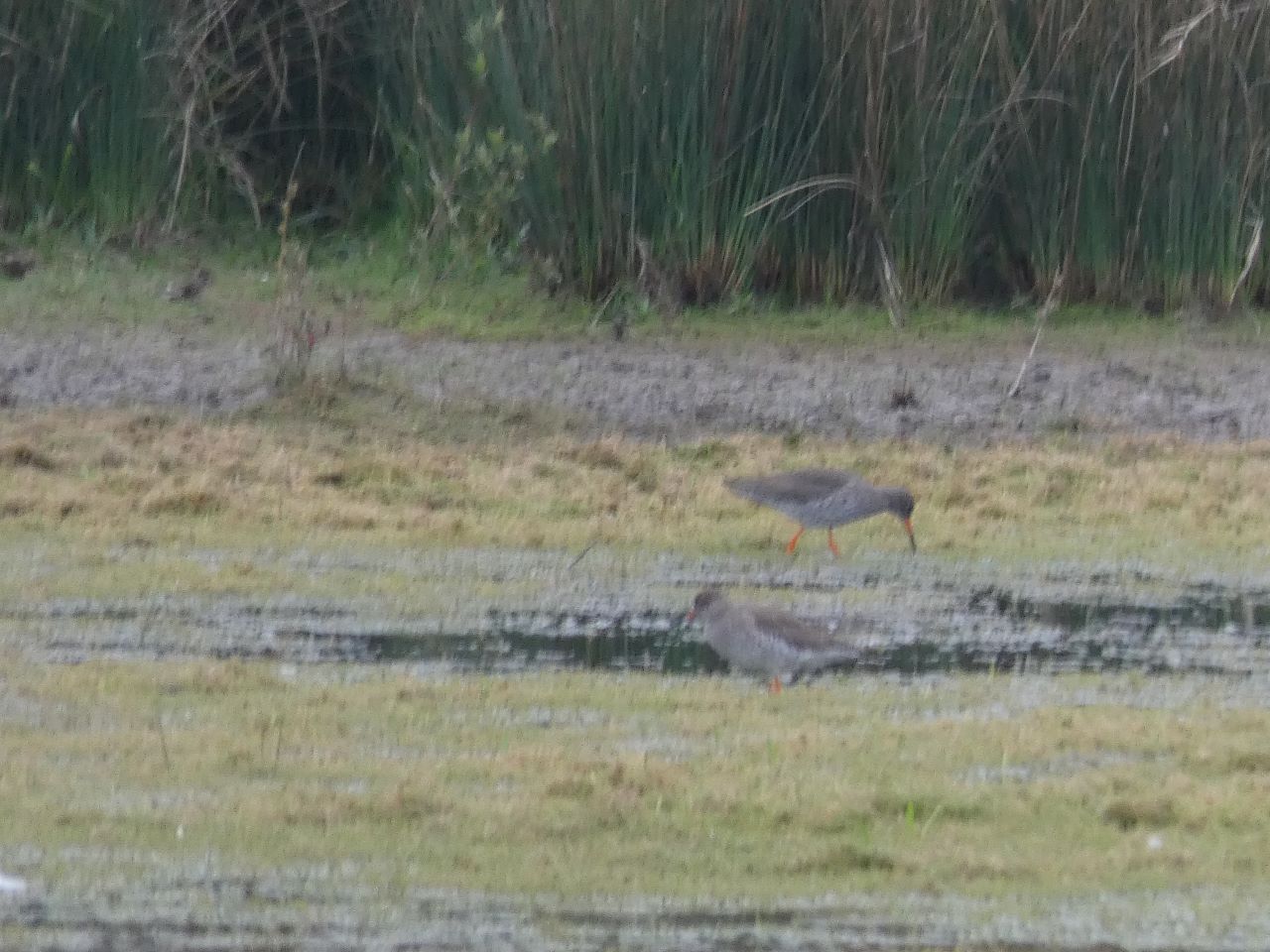
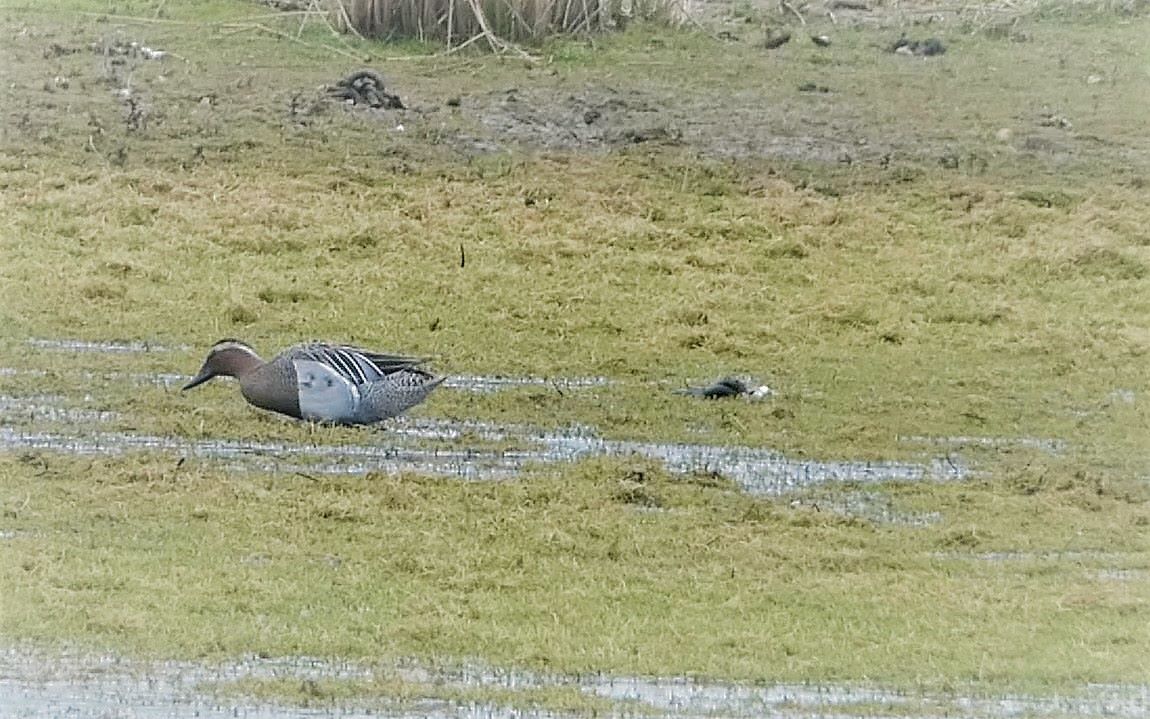
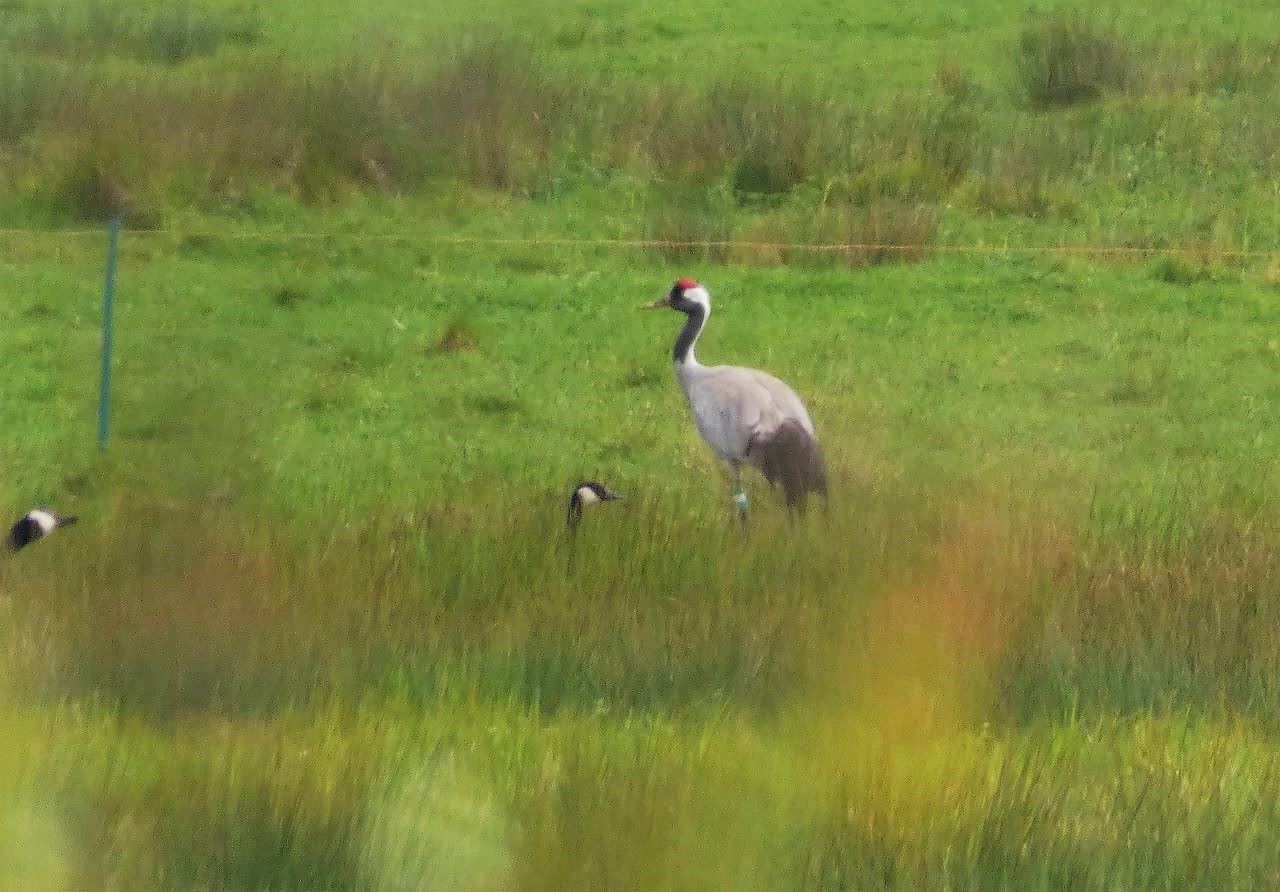
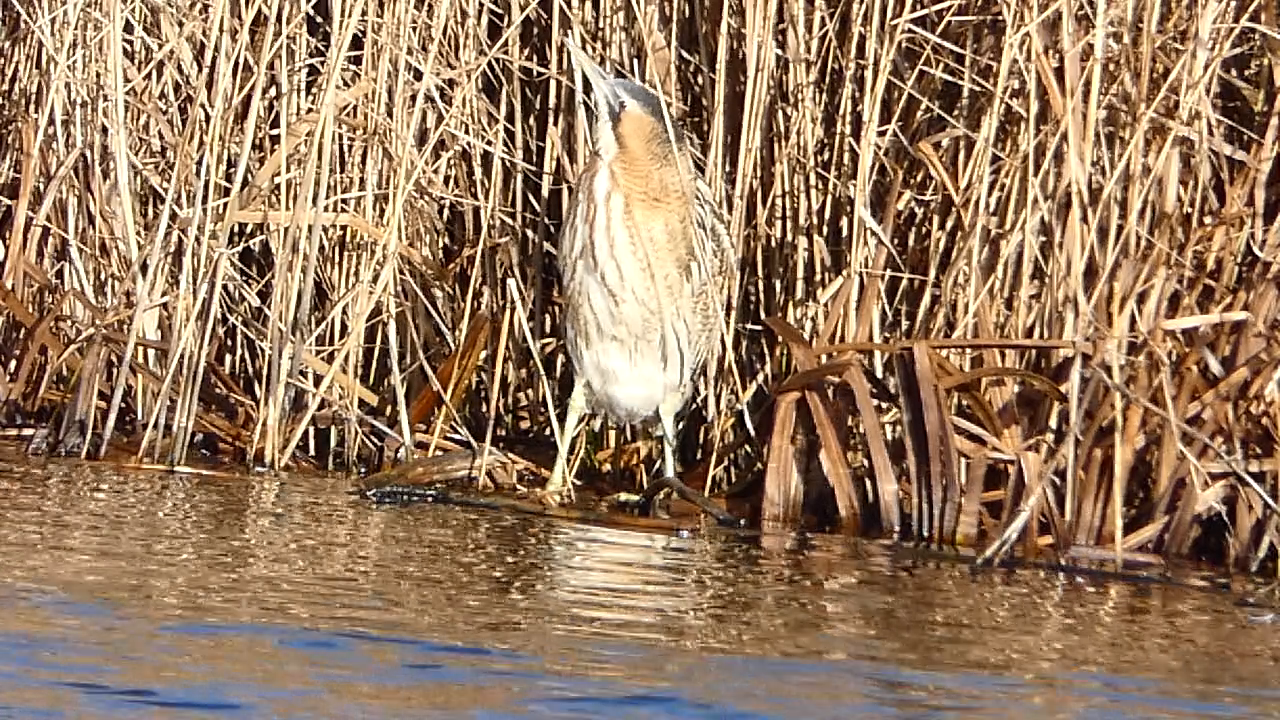
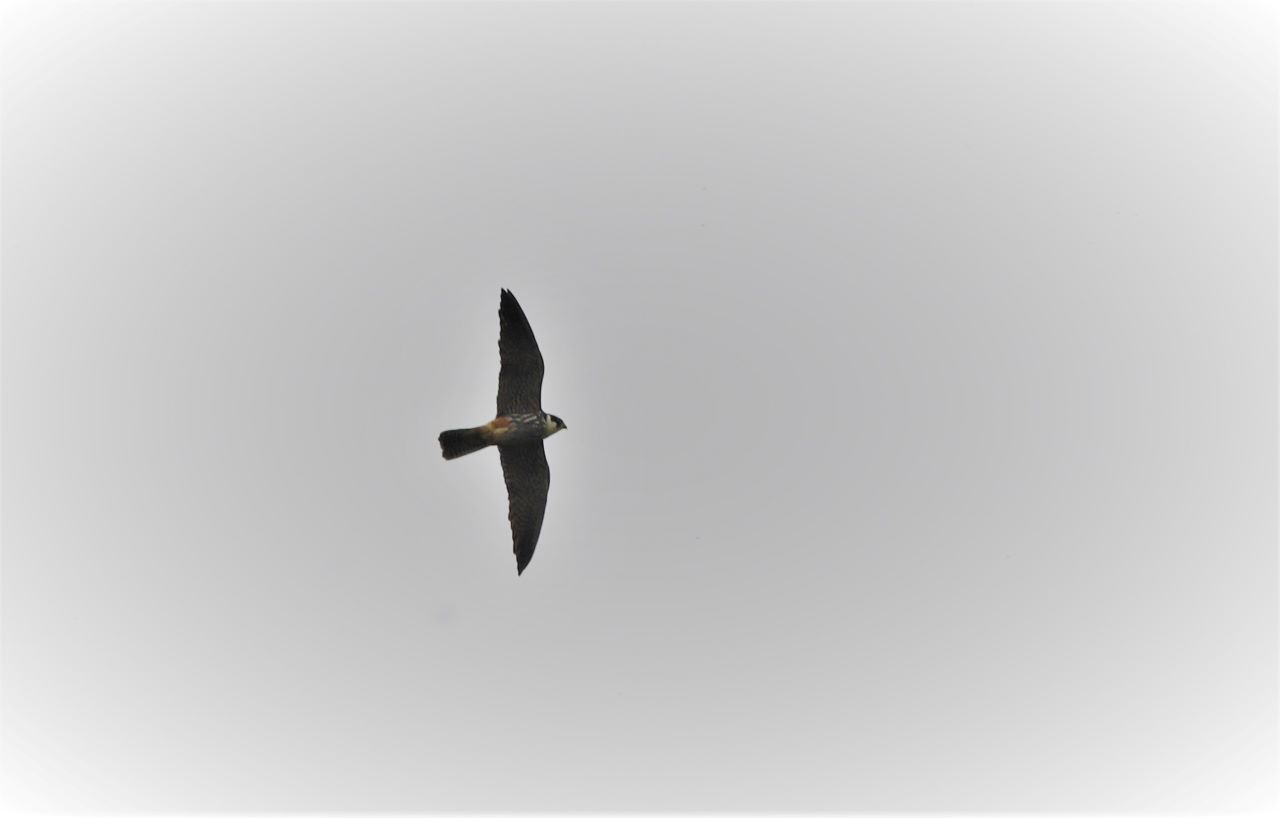
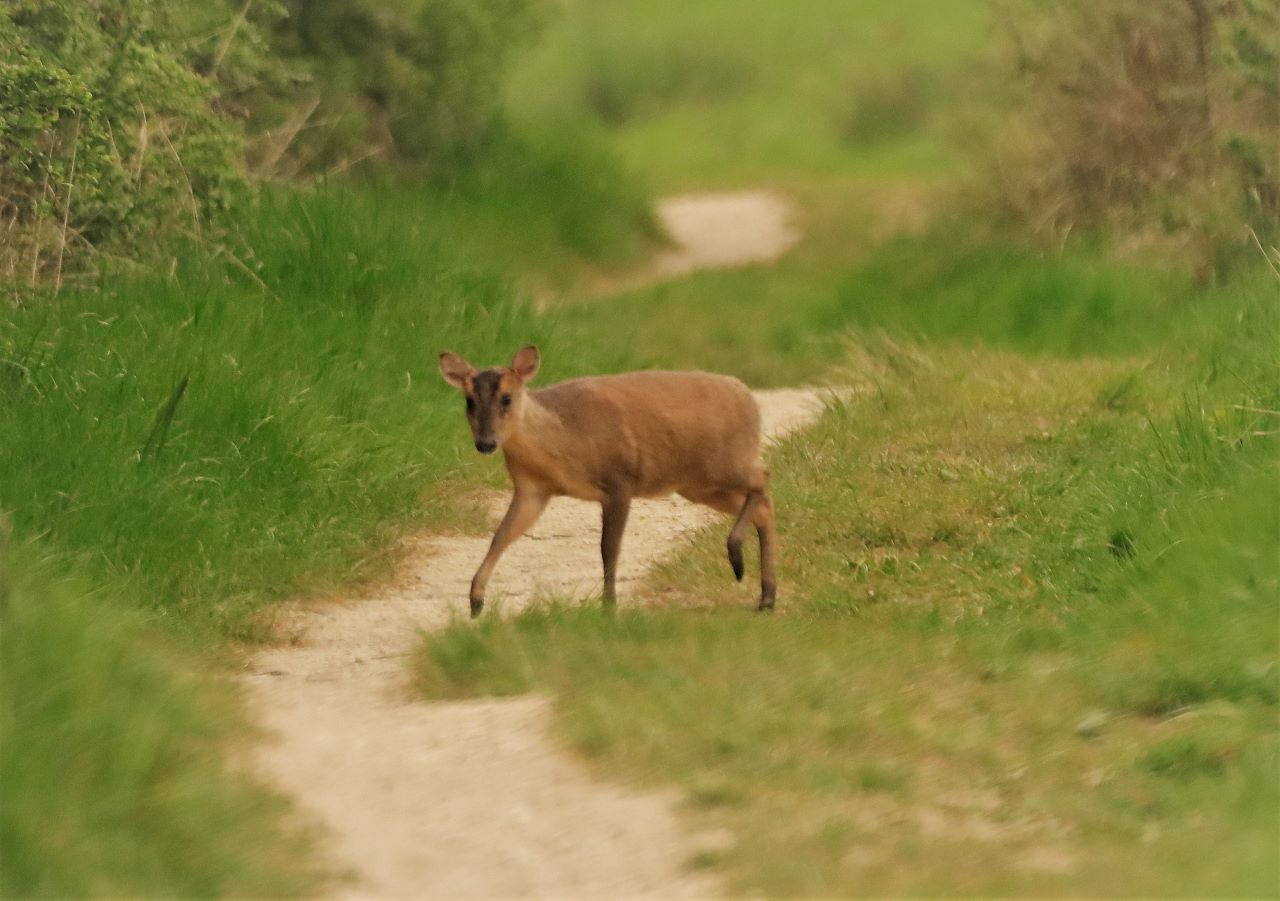
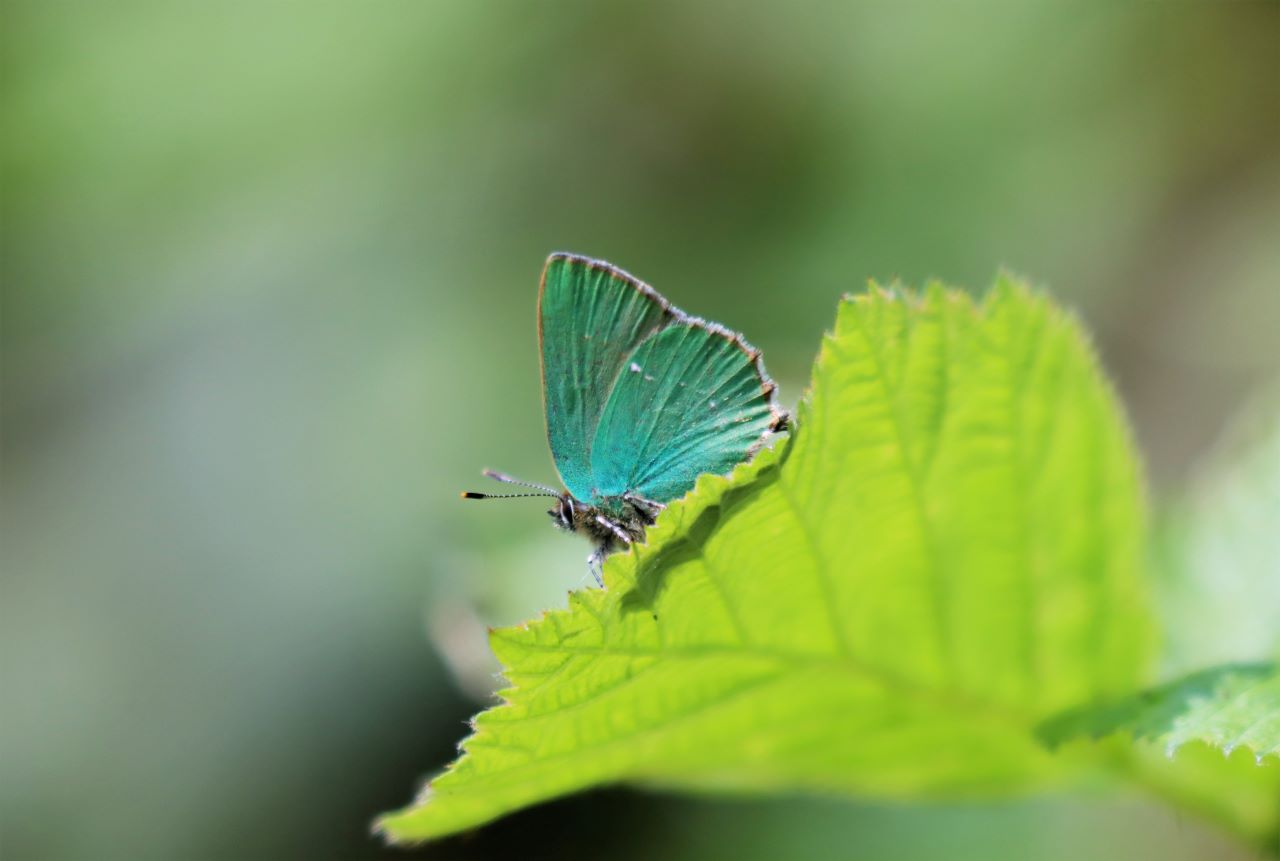
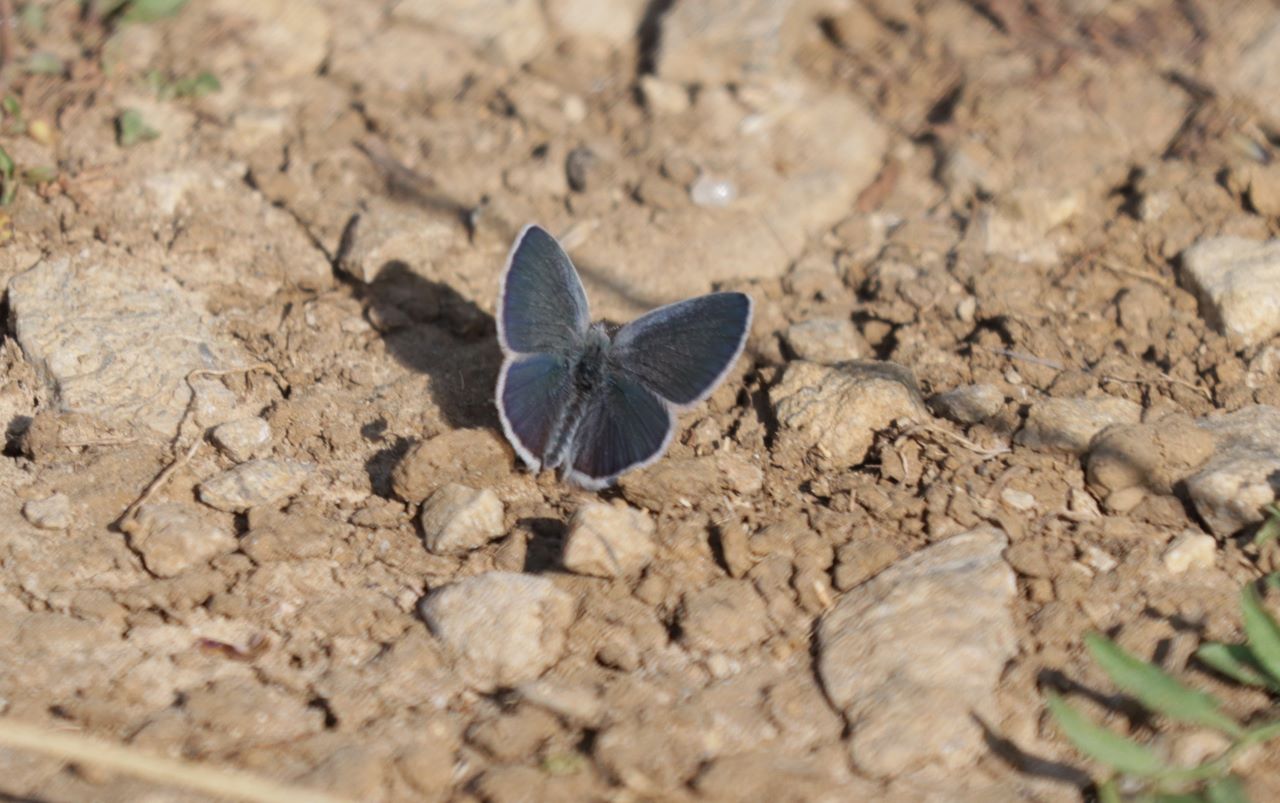
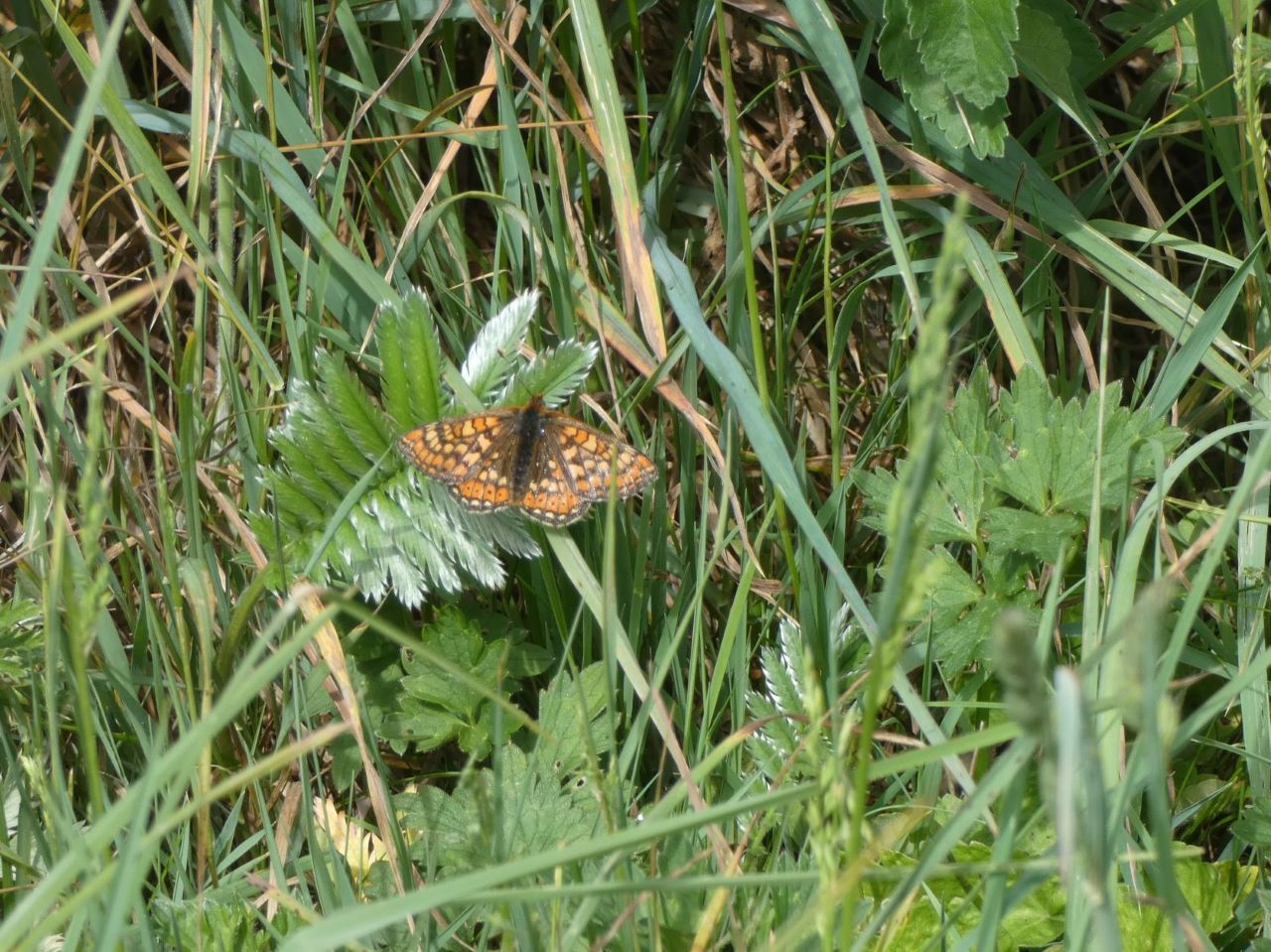
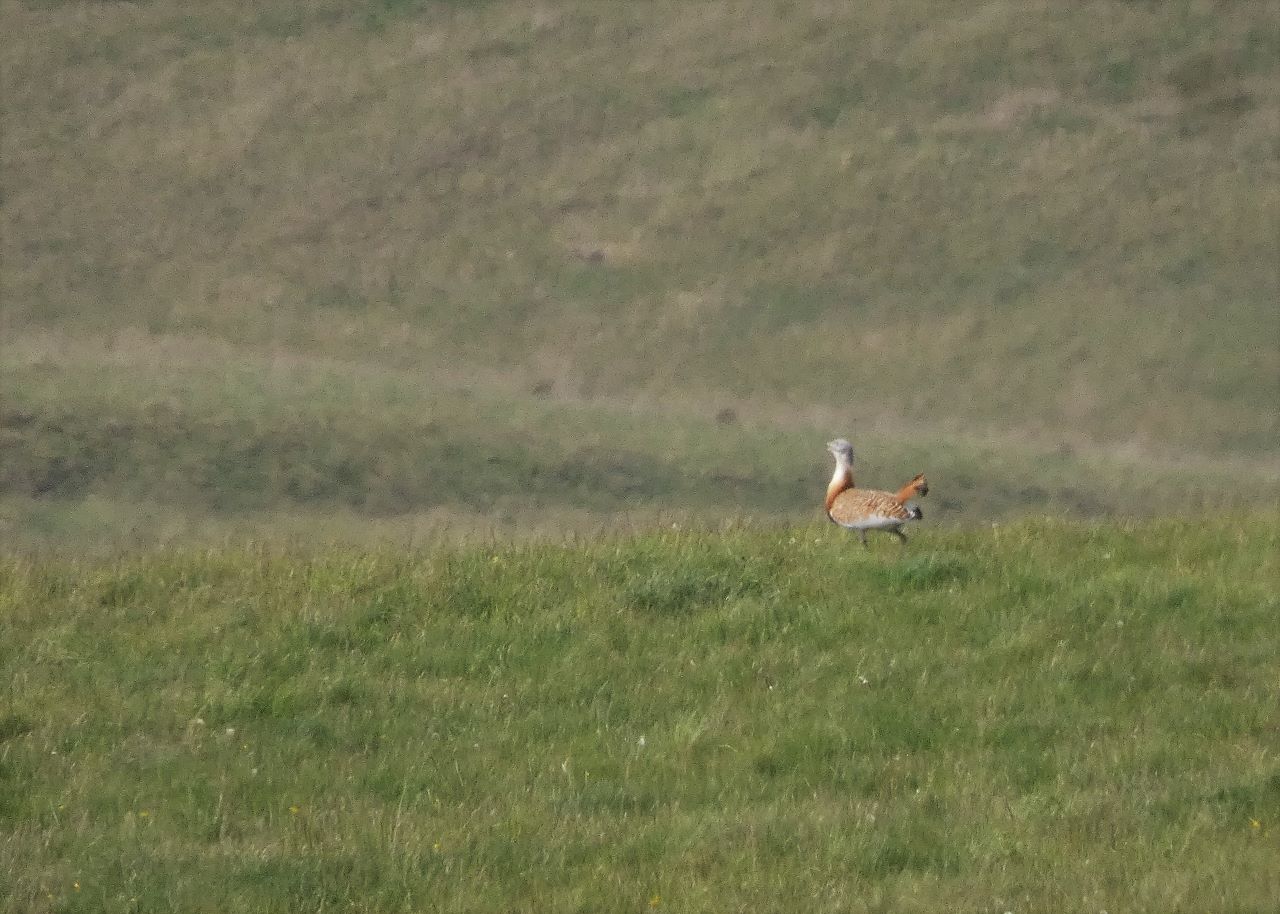
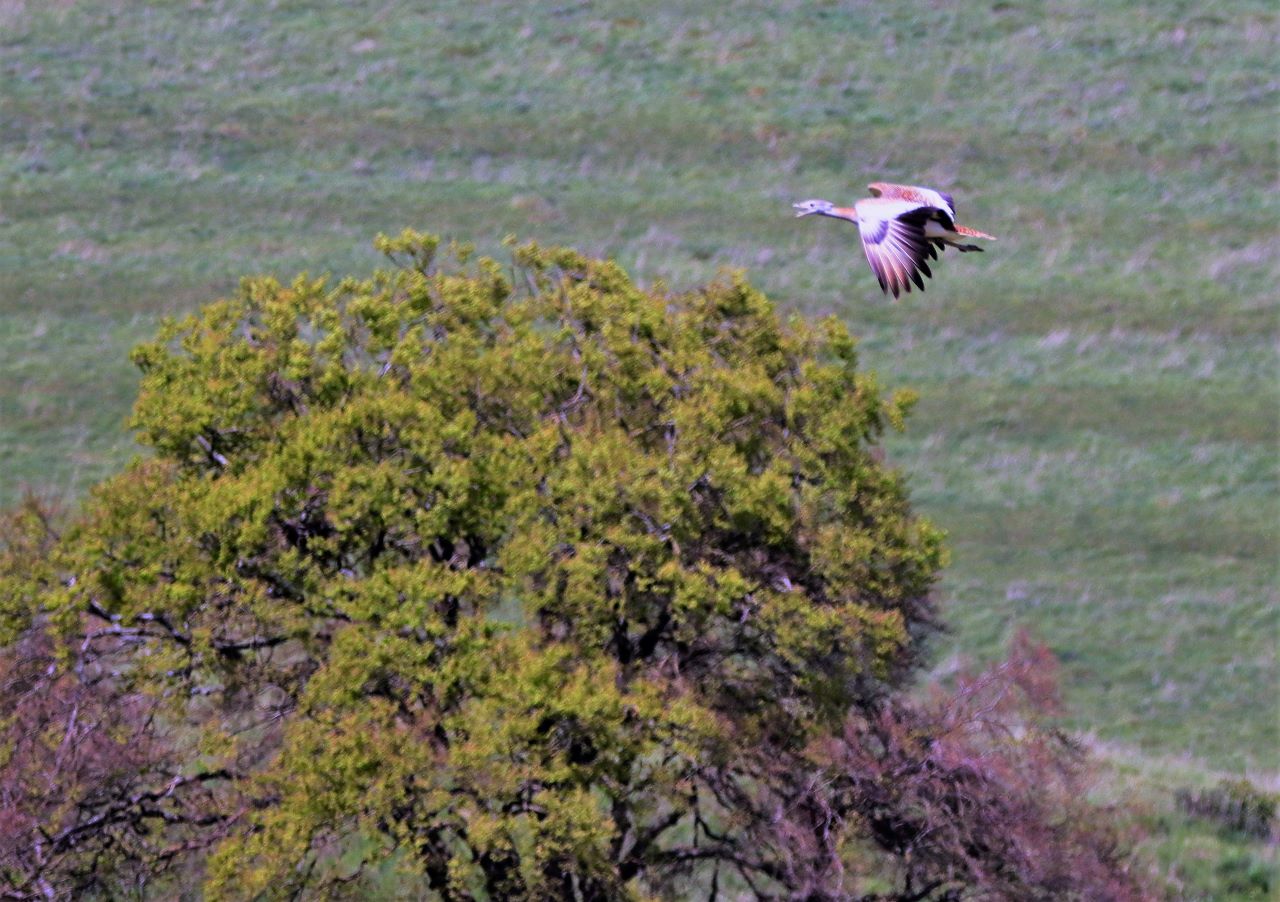
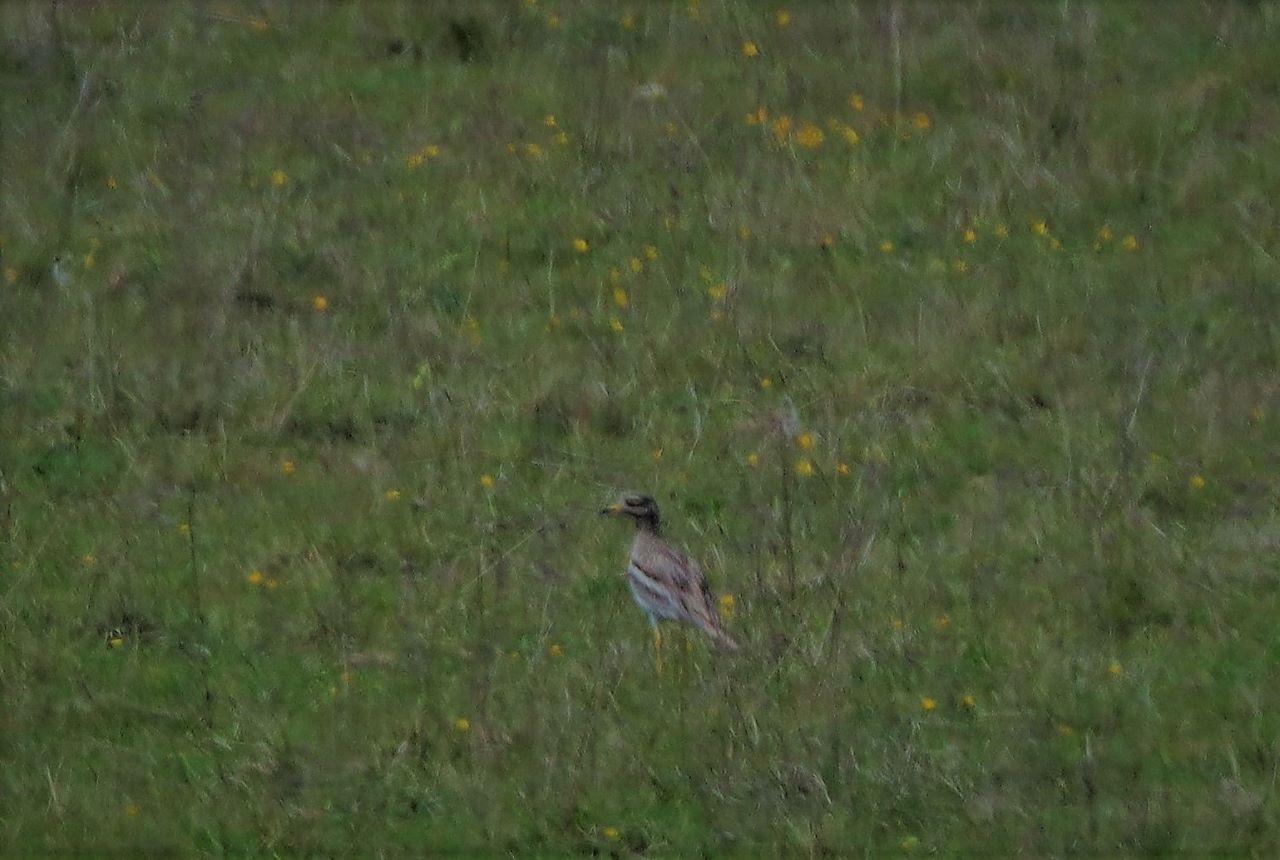
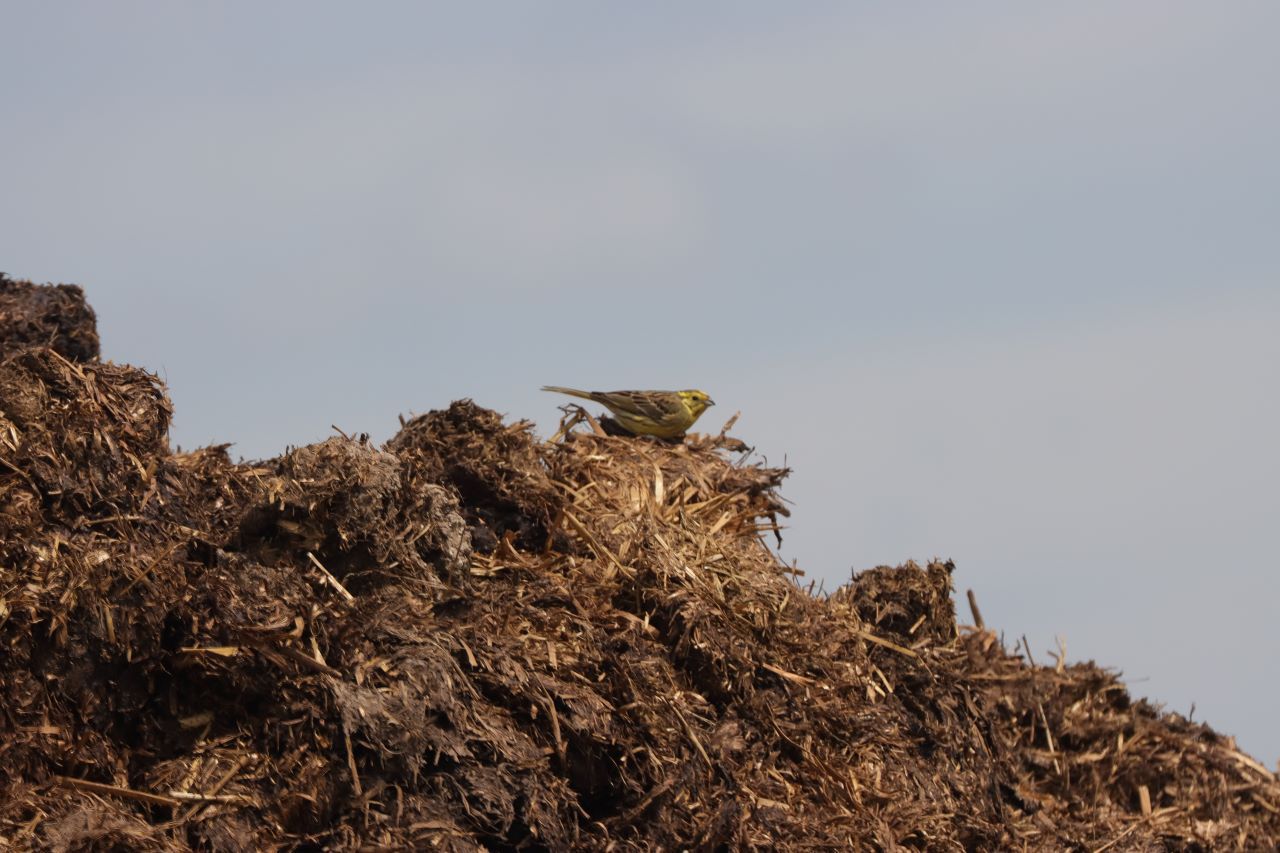
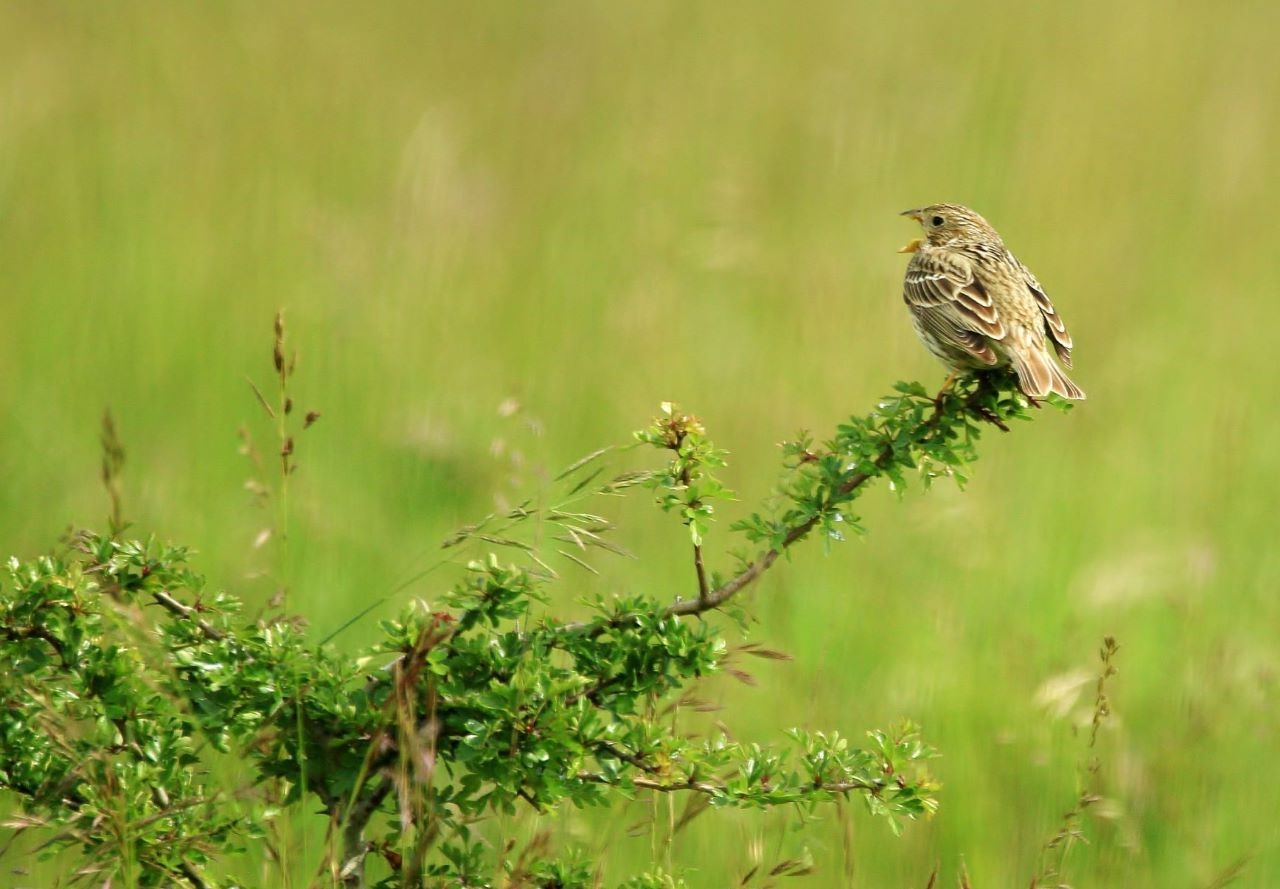
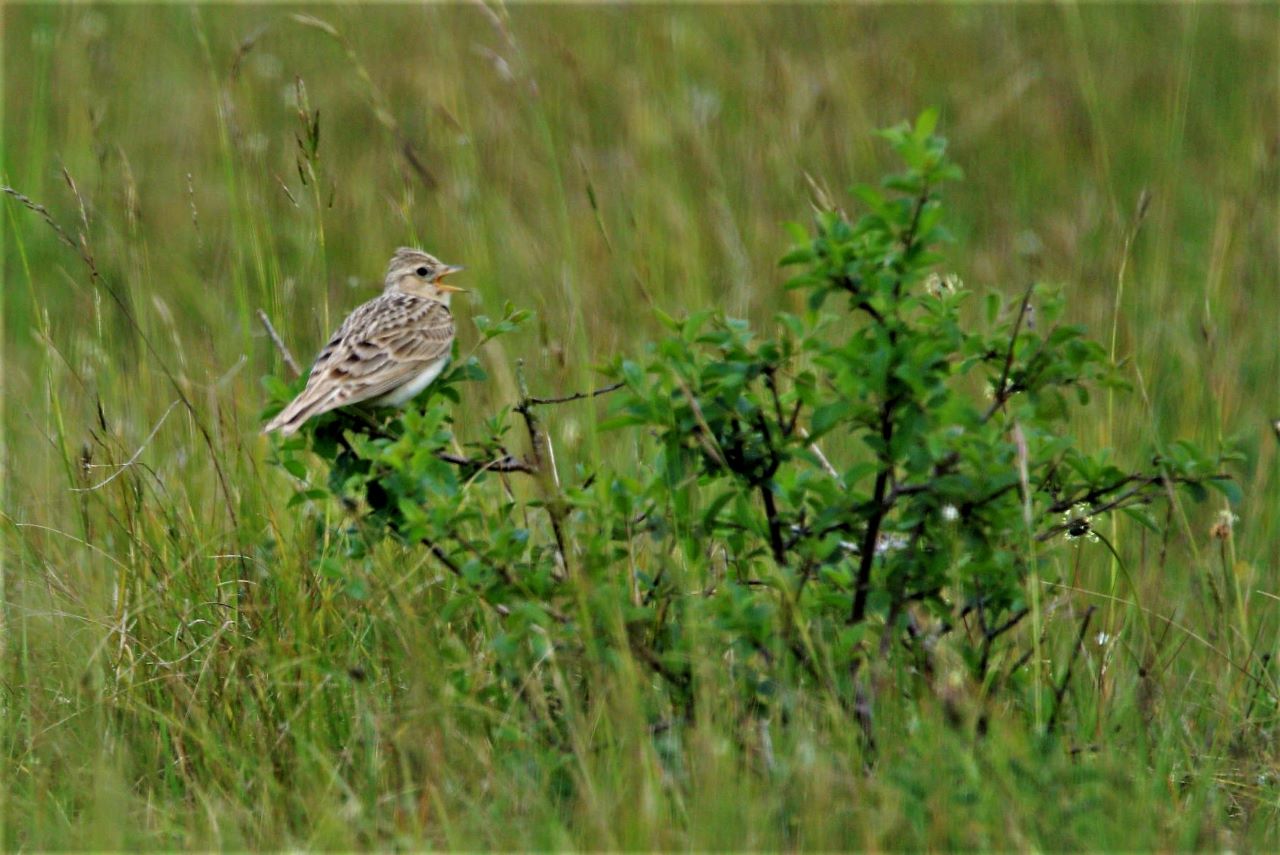
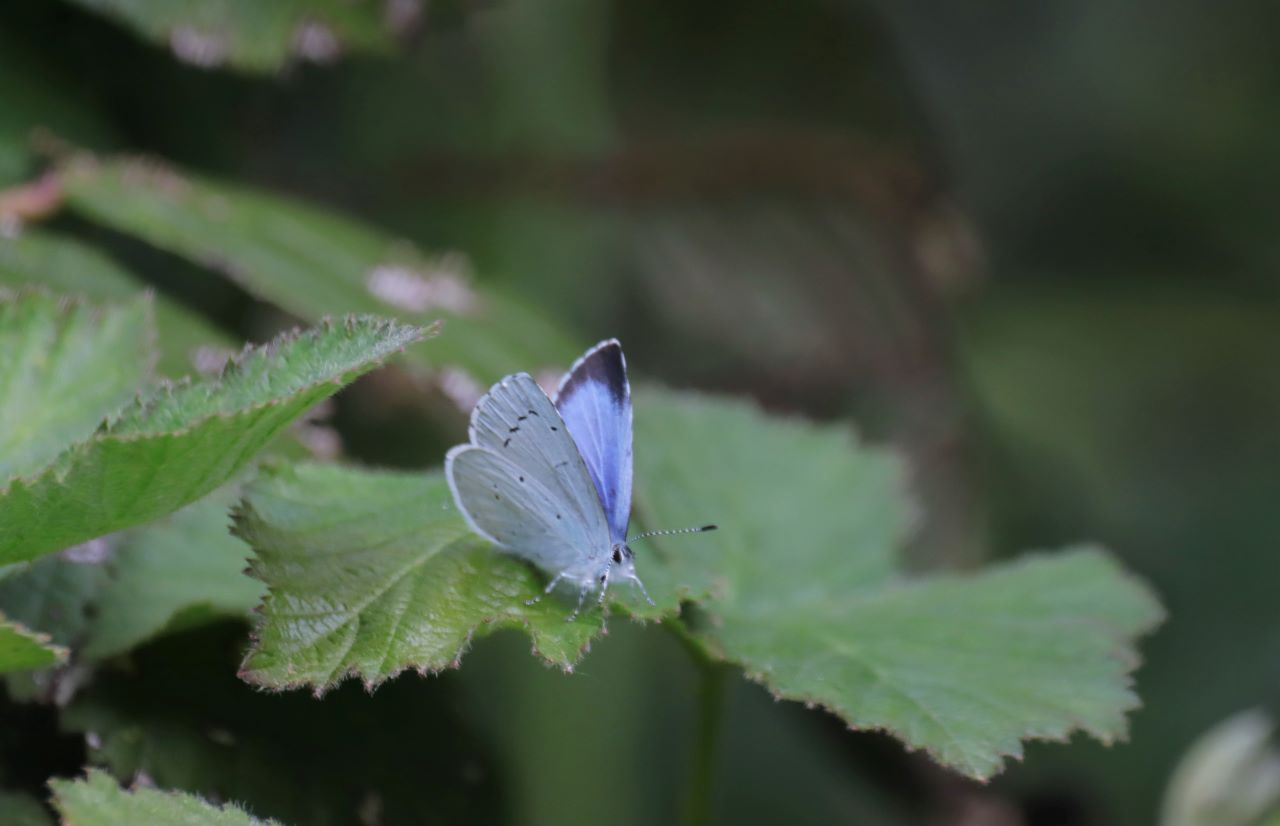
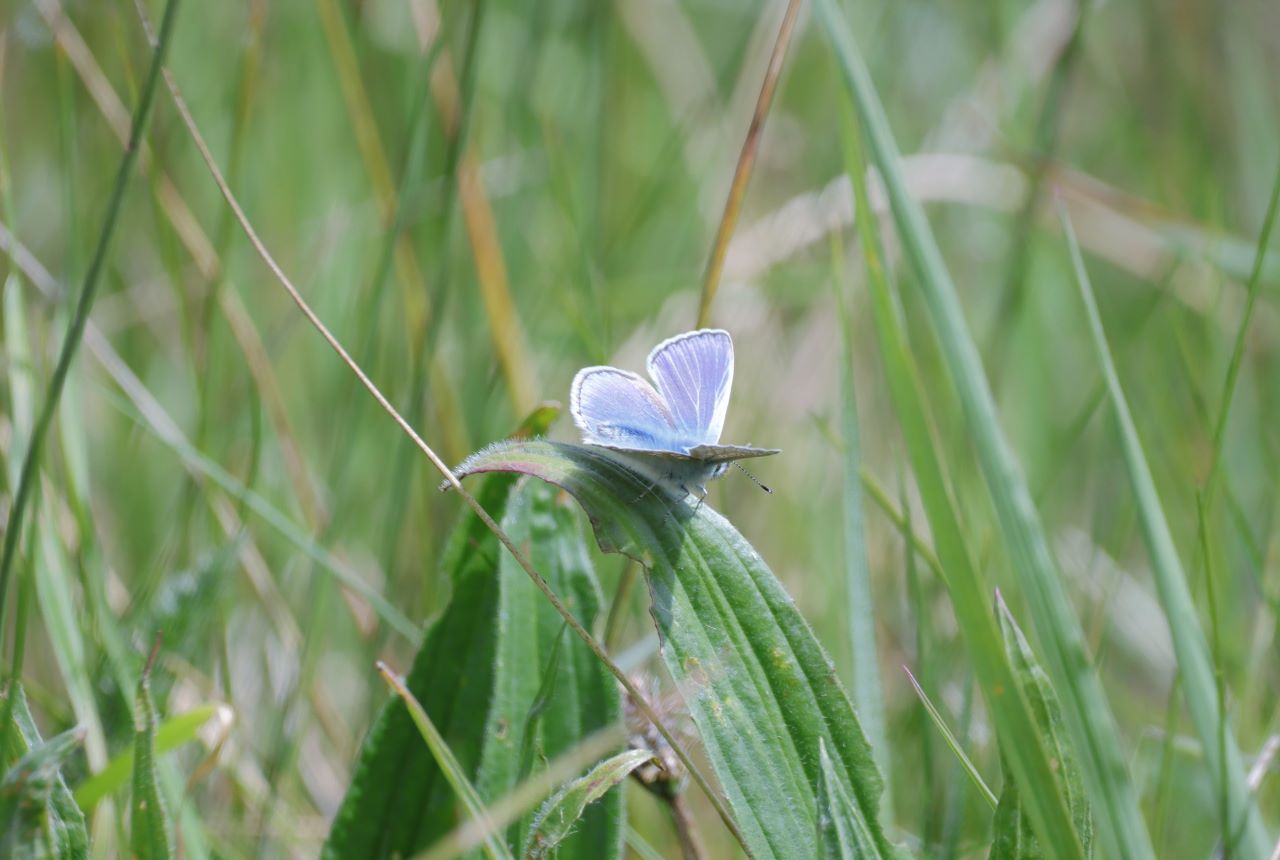
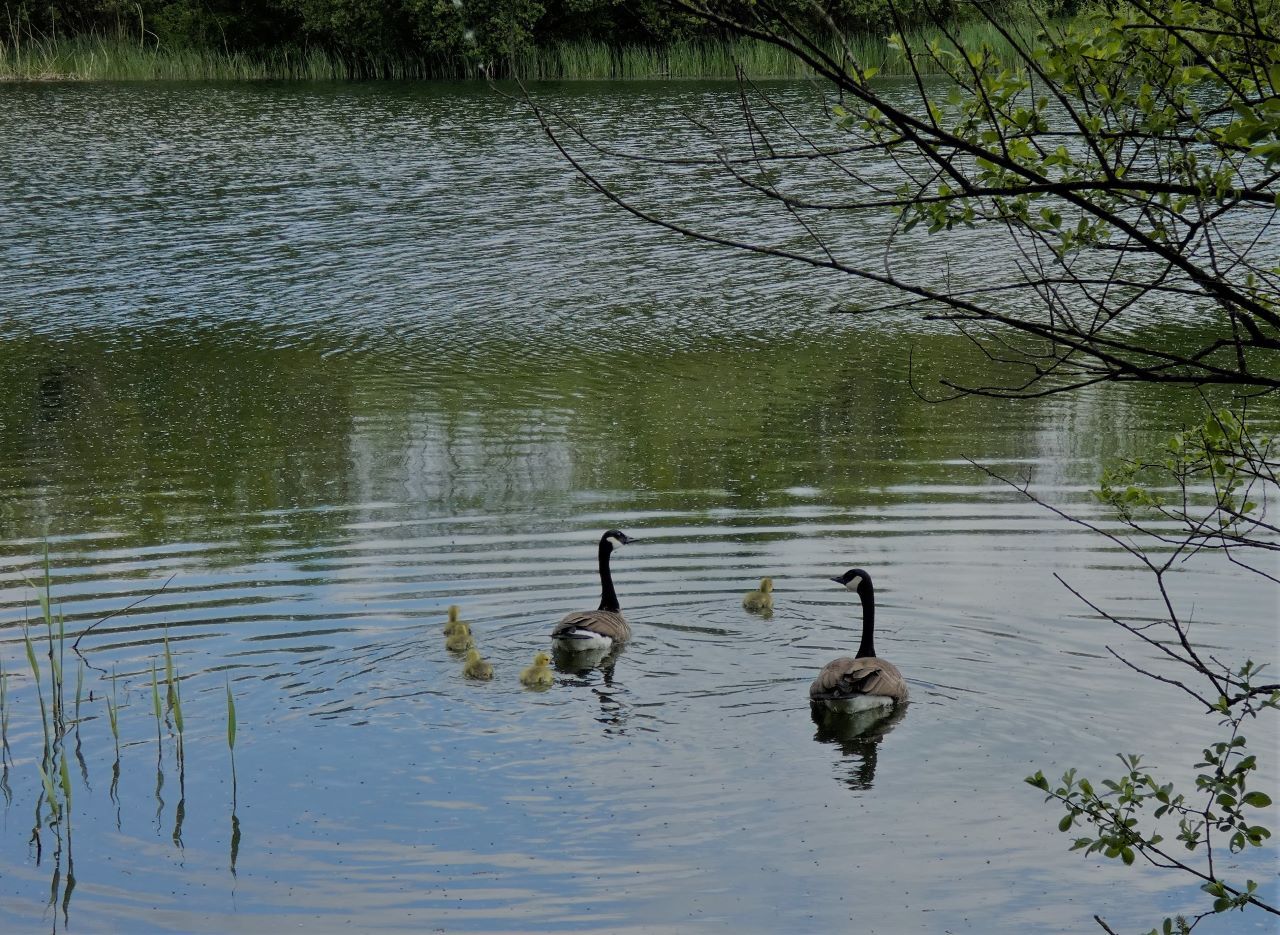
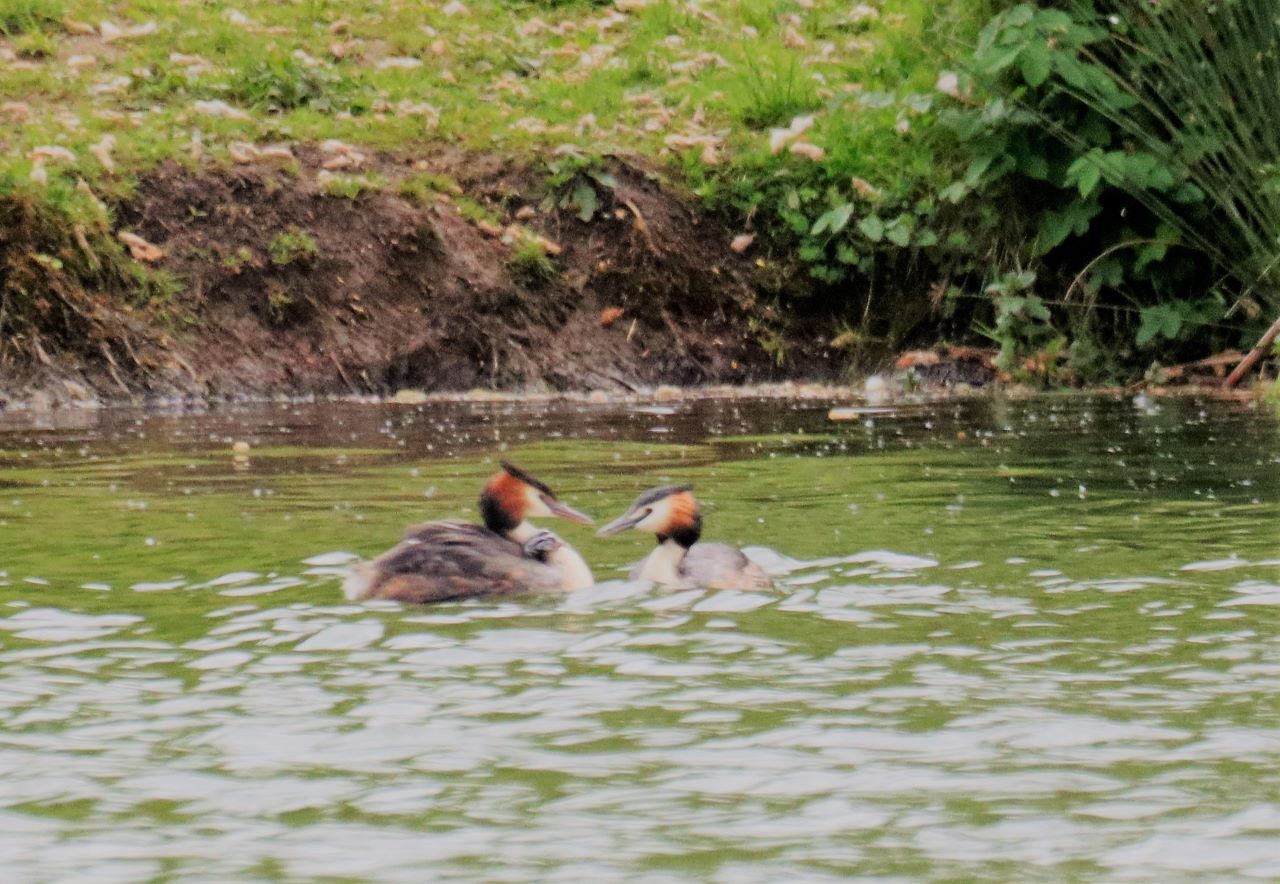
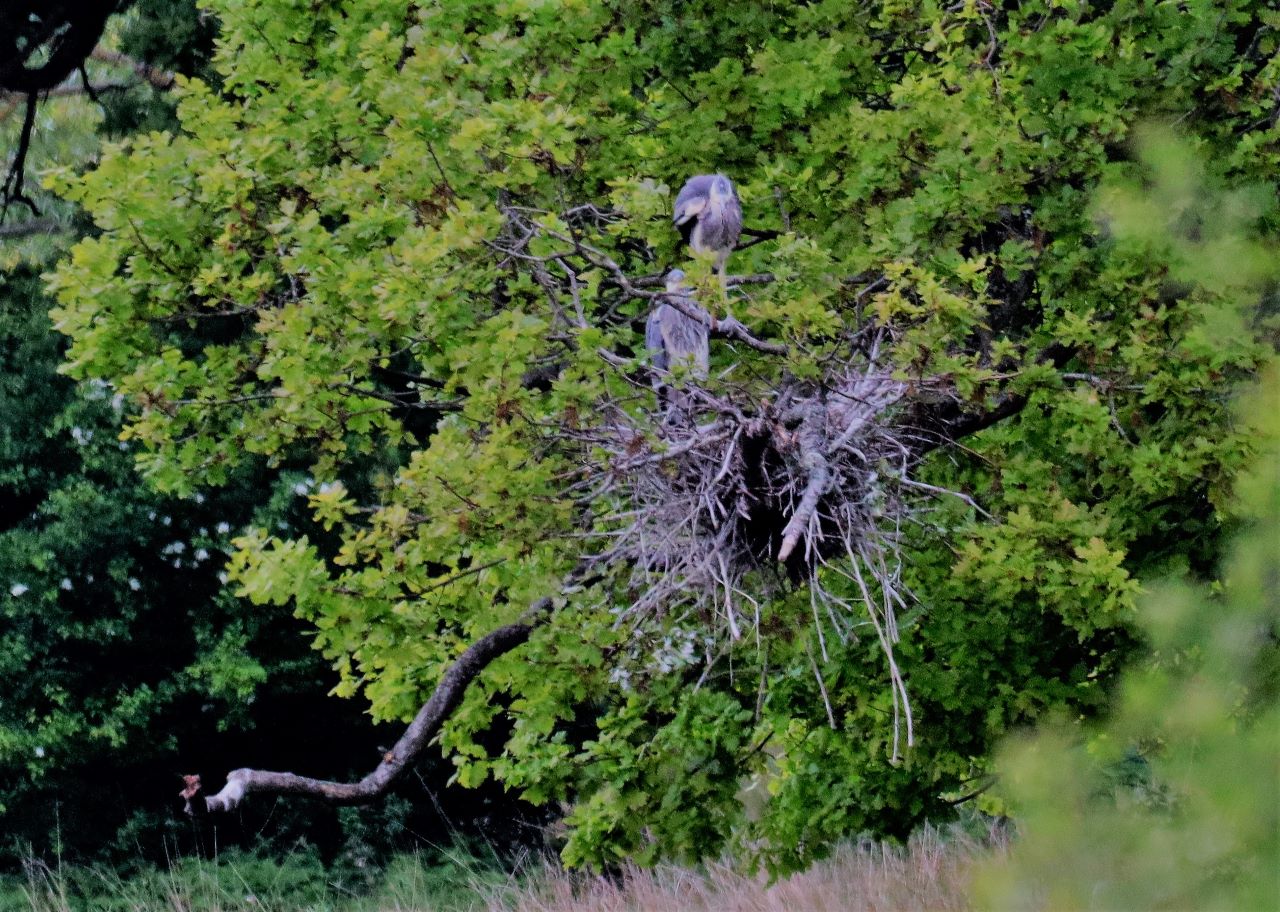
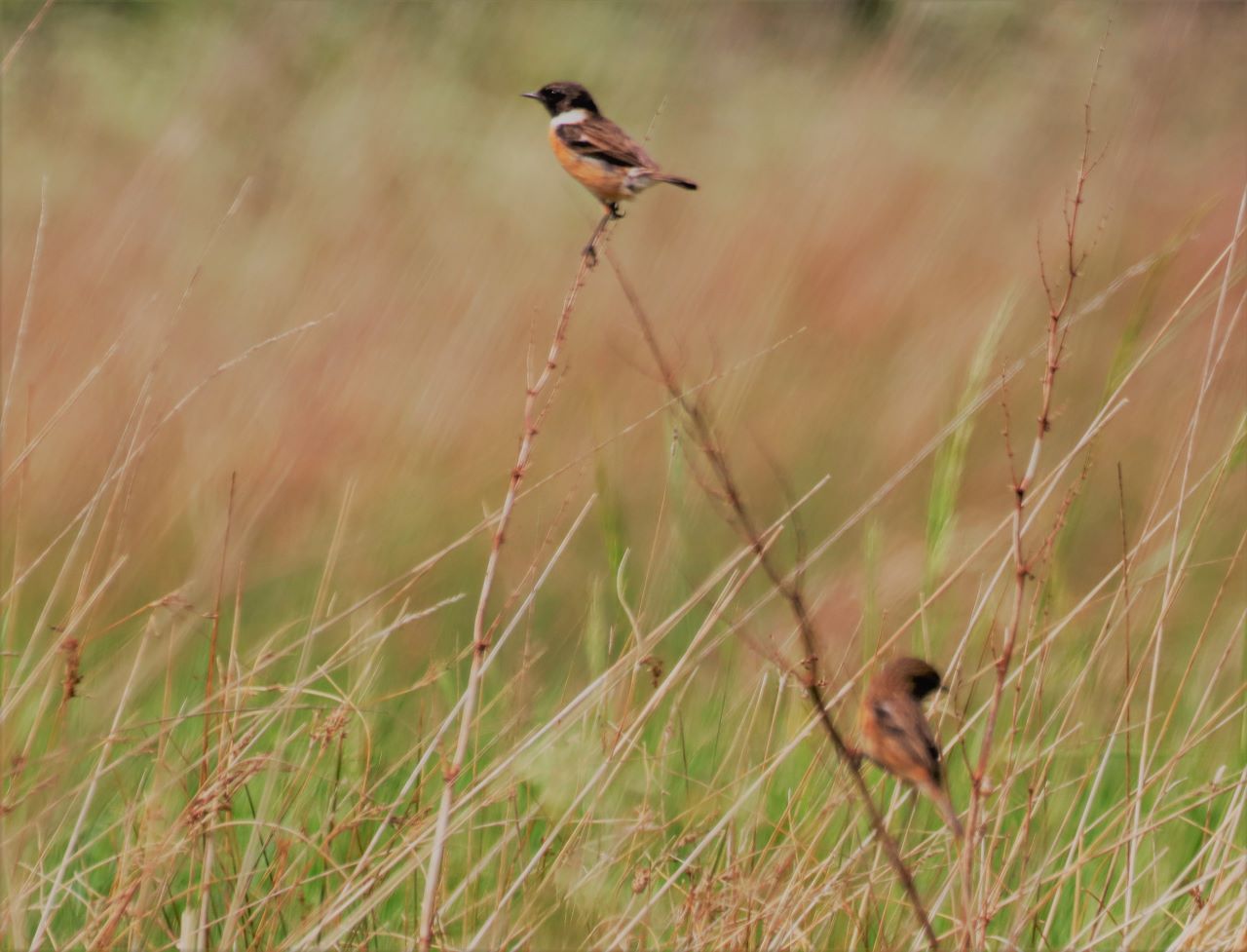
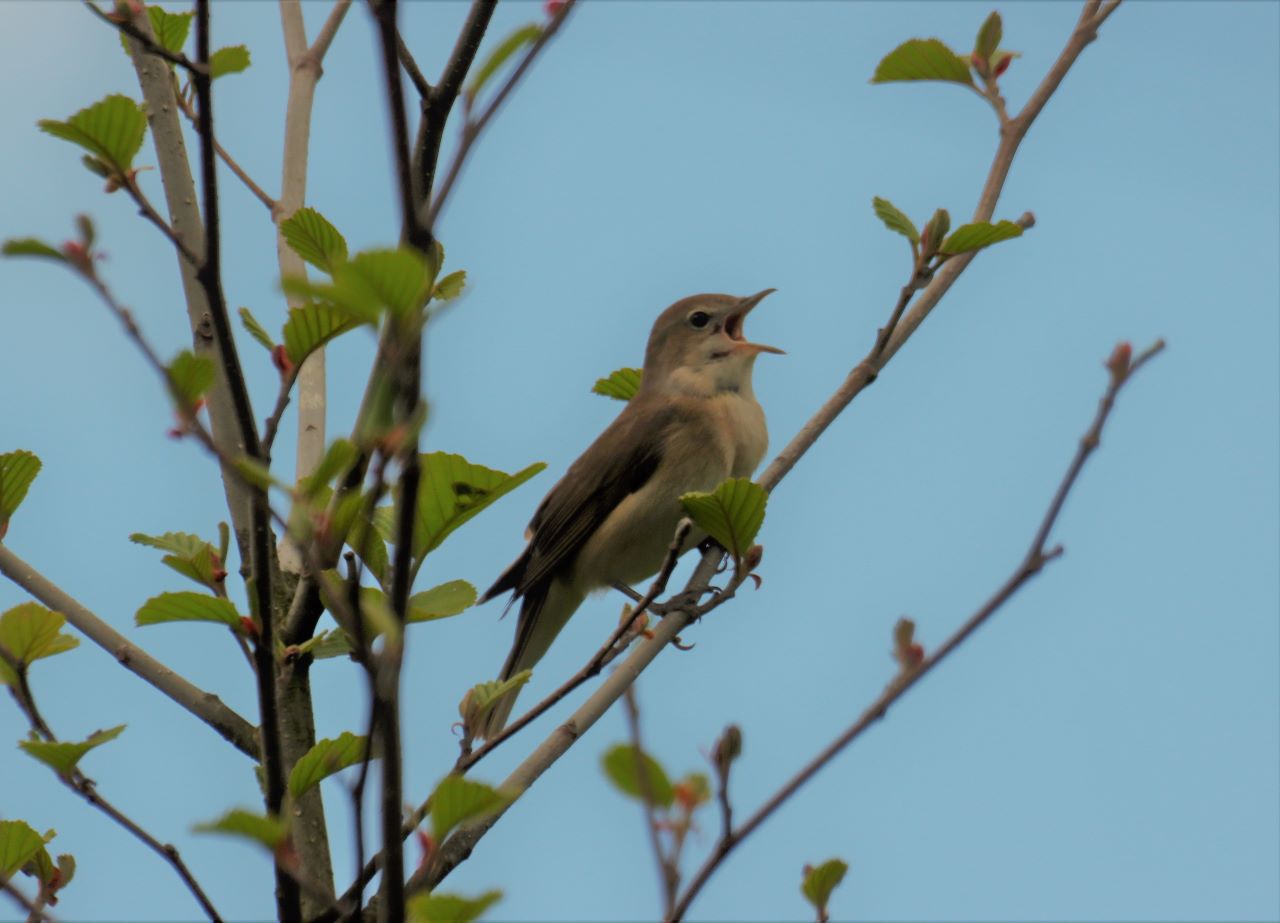
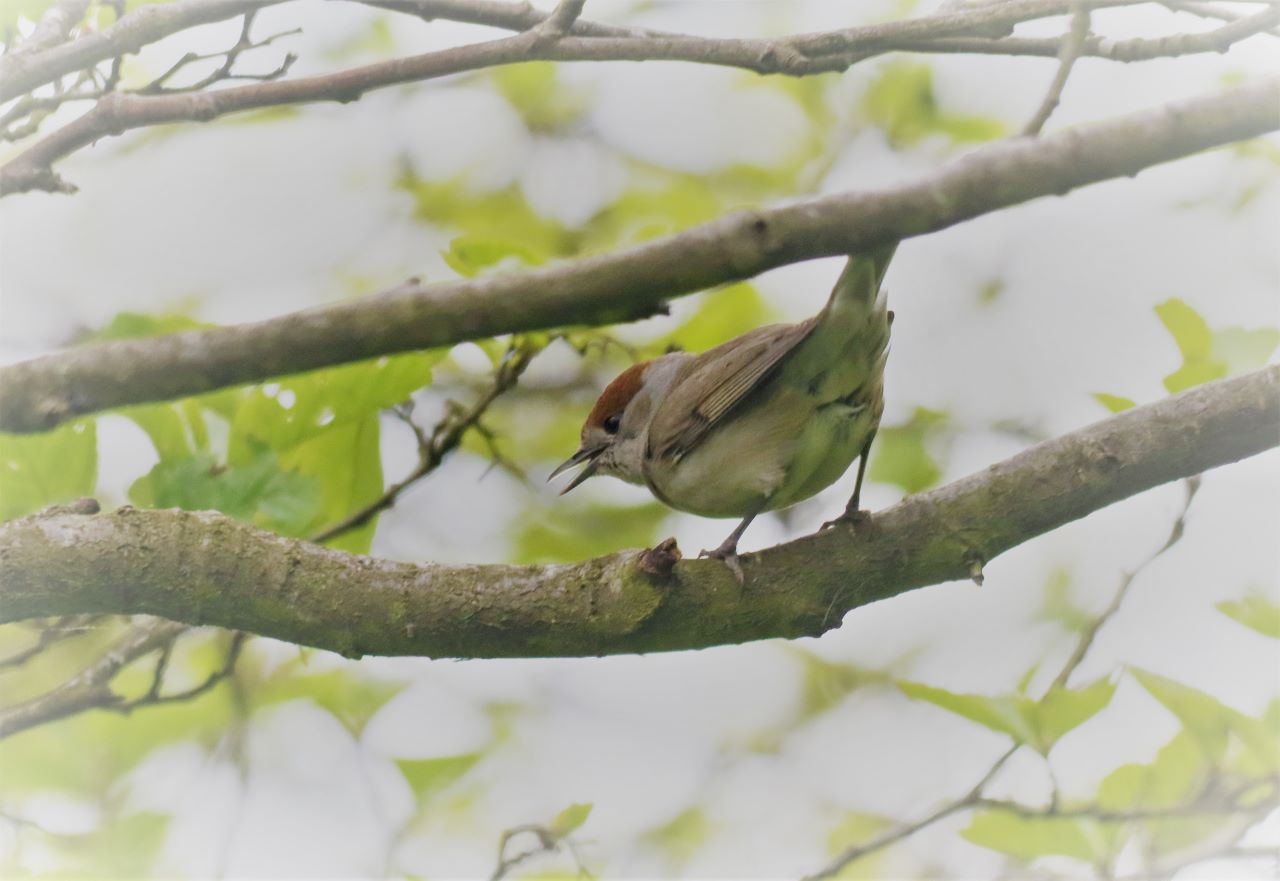
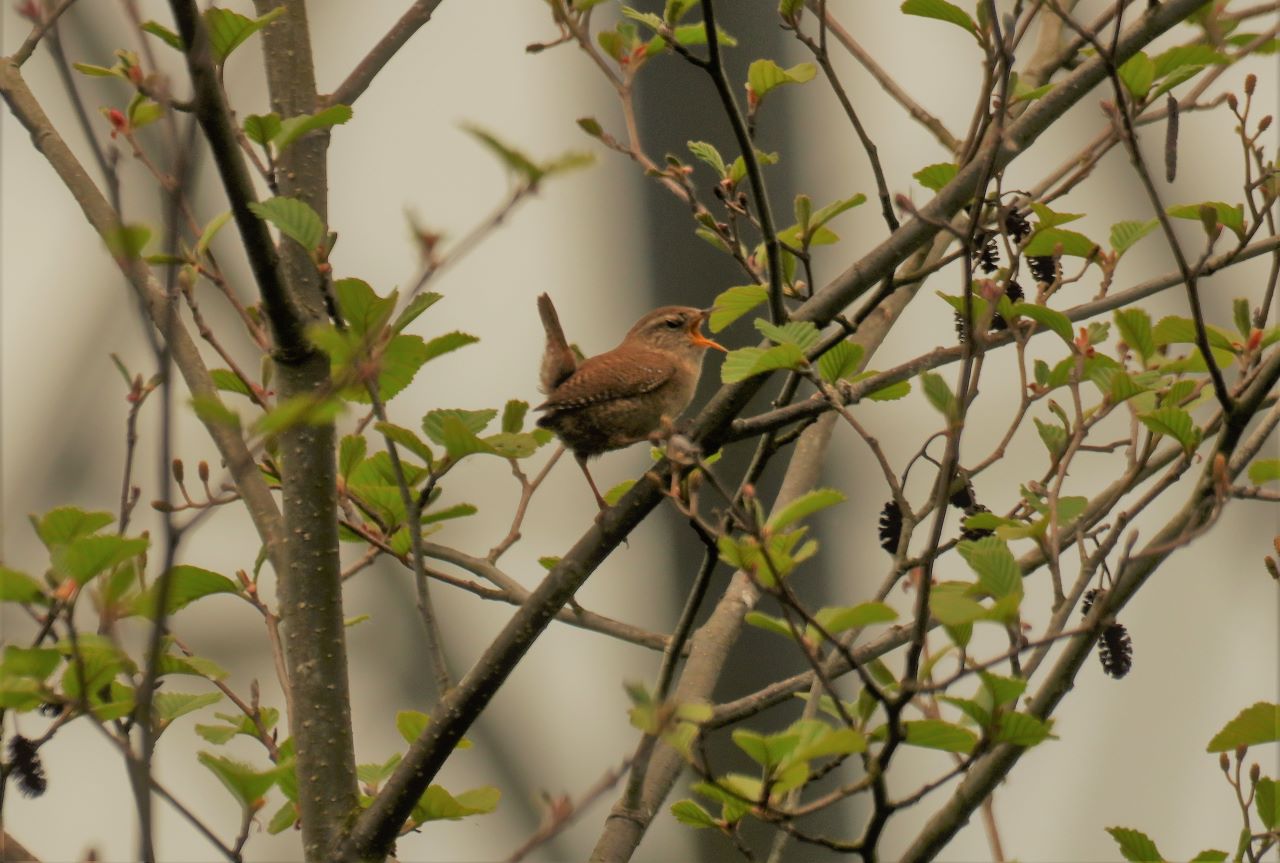

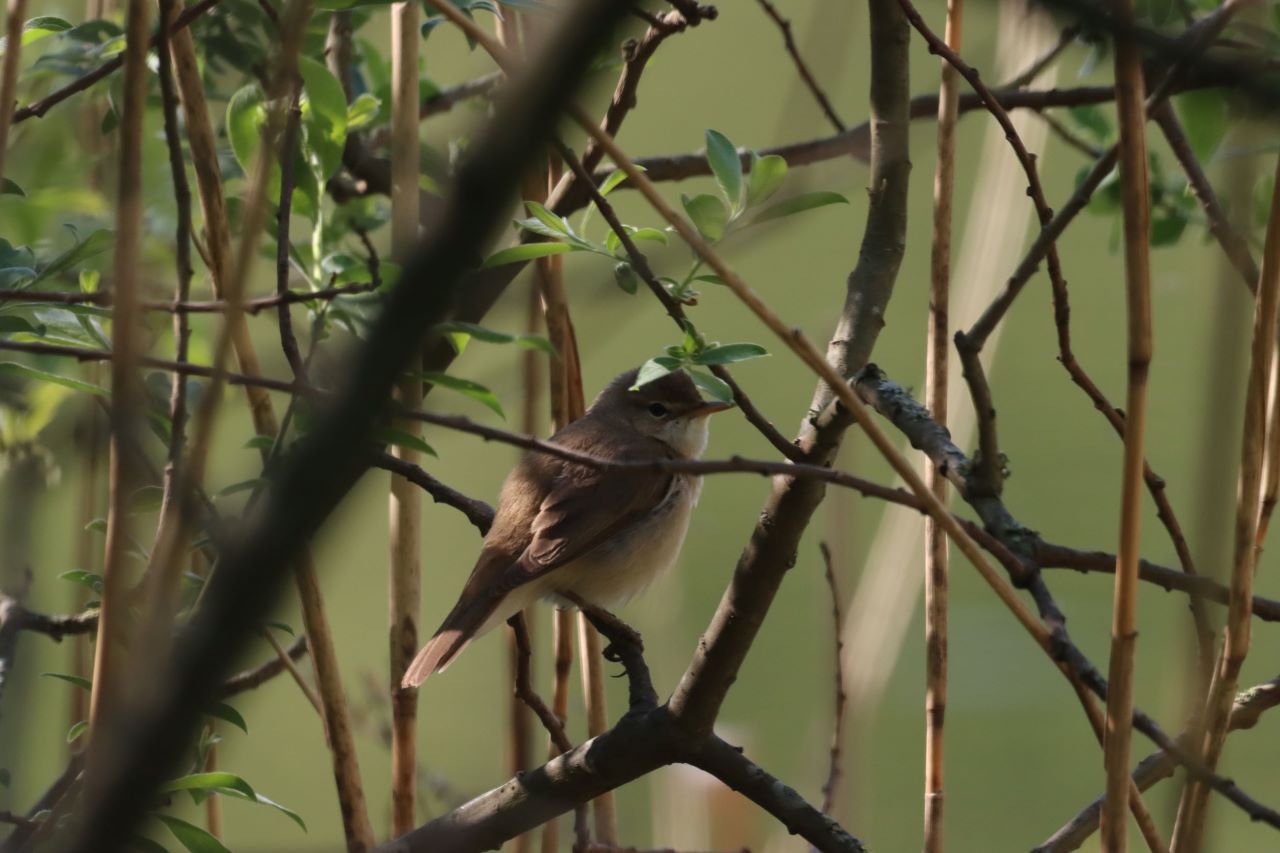













George Swirski
May 30, 2022 at 8:40 am
The number of geese at the Riverside Nature Reserves seems to be very low compared to previous years. Is this correct? If so has something happened?
Malcolm Fincham
May 31, 2022 at 2:37 pm
In response to George’s question, it is normal for there to be fewer Canada geese at the nature reserve this time of the year, as many have paired up and are brooding young elsewhere.
Although I haven’t had the opportunity to visit the lake to do a count recently, I’m sure they will be gathering in their usual number of one hundred or more by September, when the breeding season is over.
Malcolm Fincham is The Dragon’s birdwatching columnist.